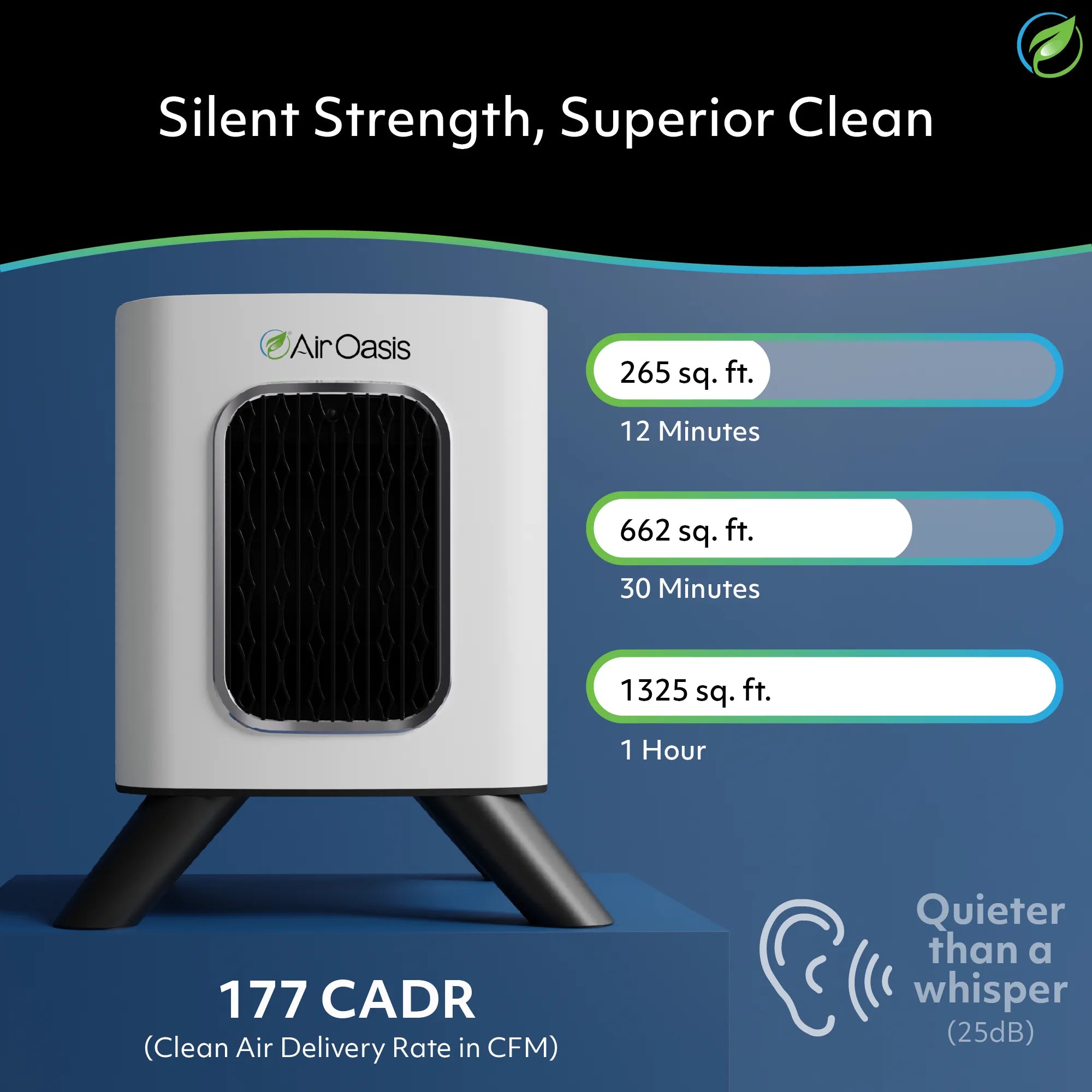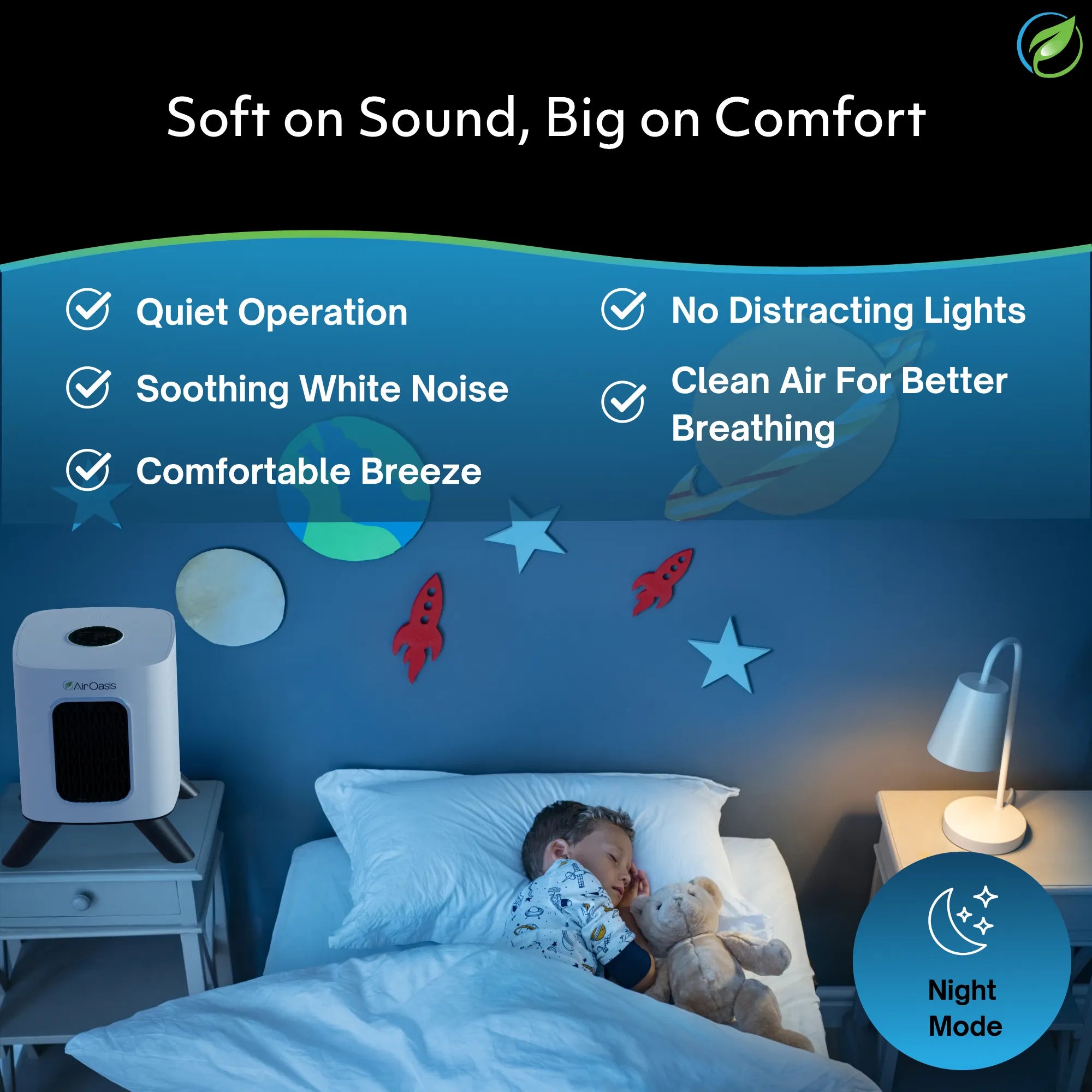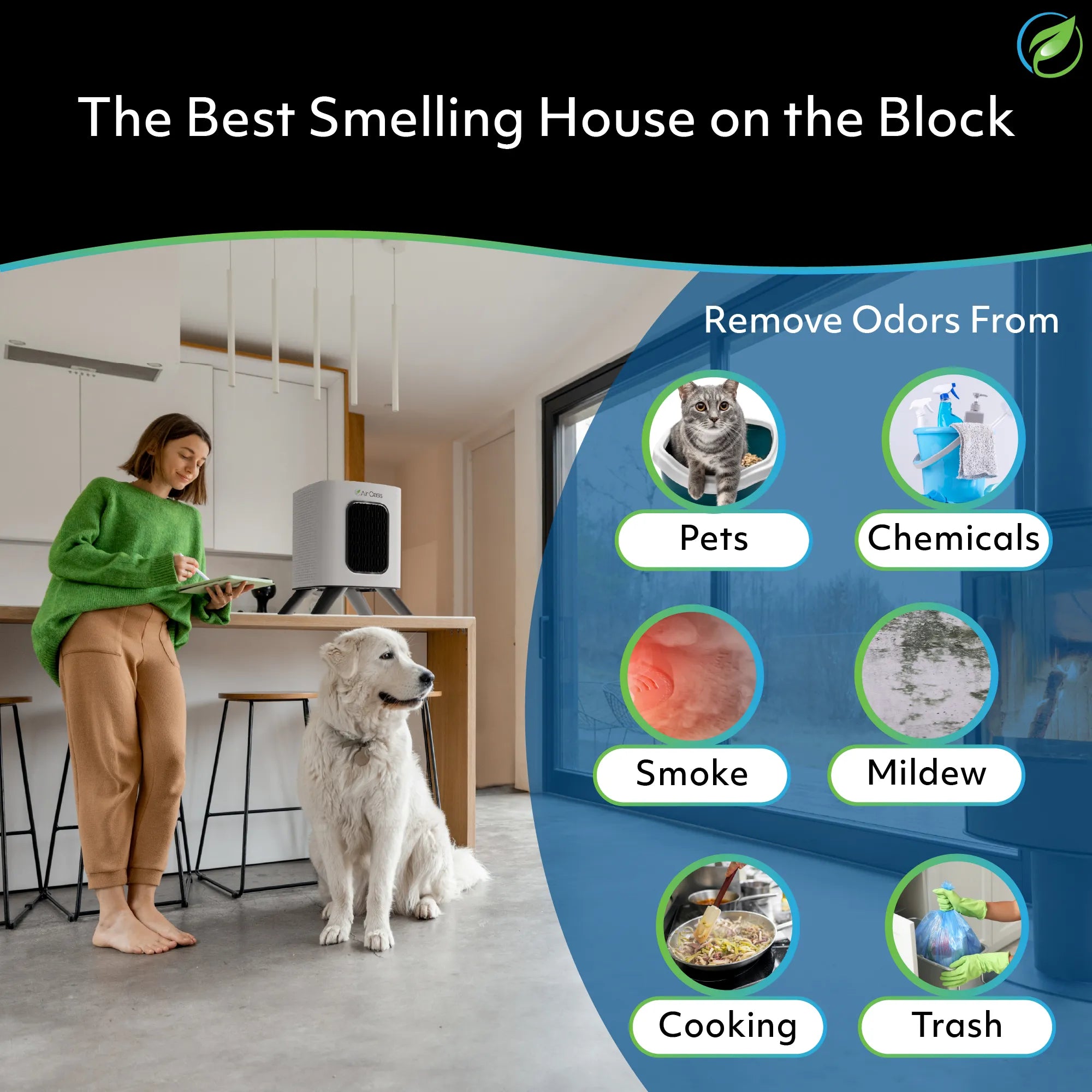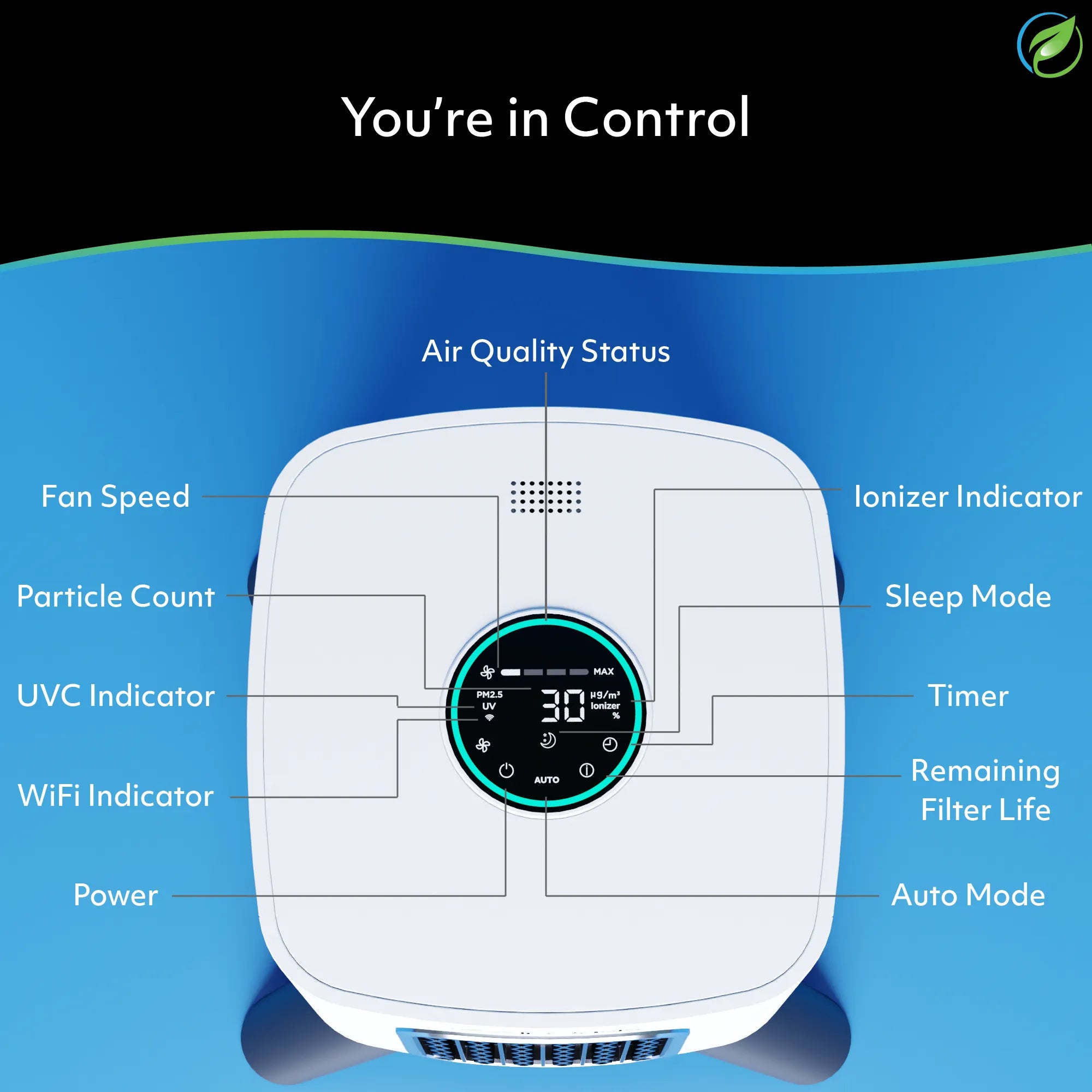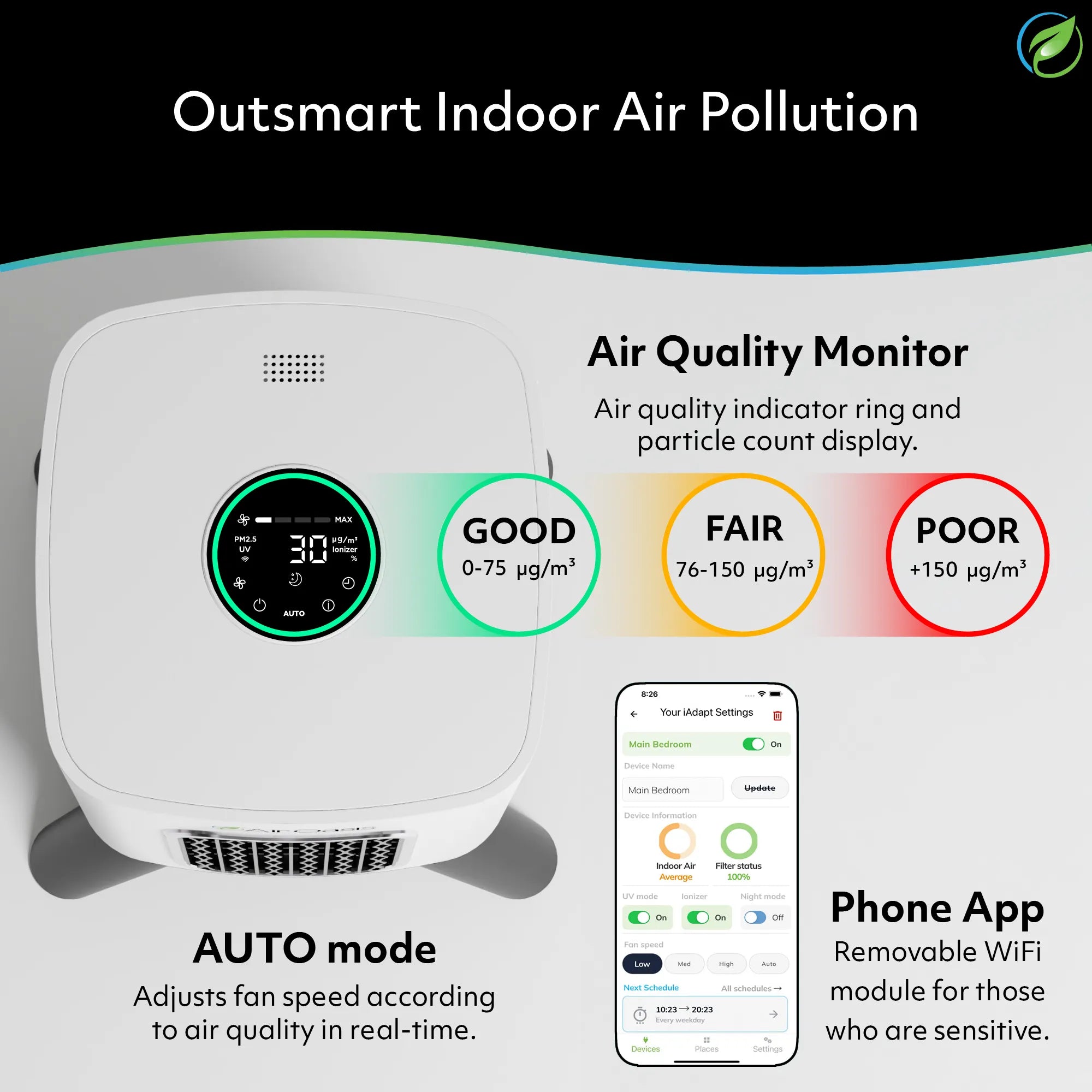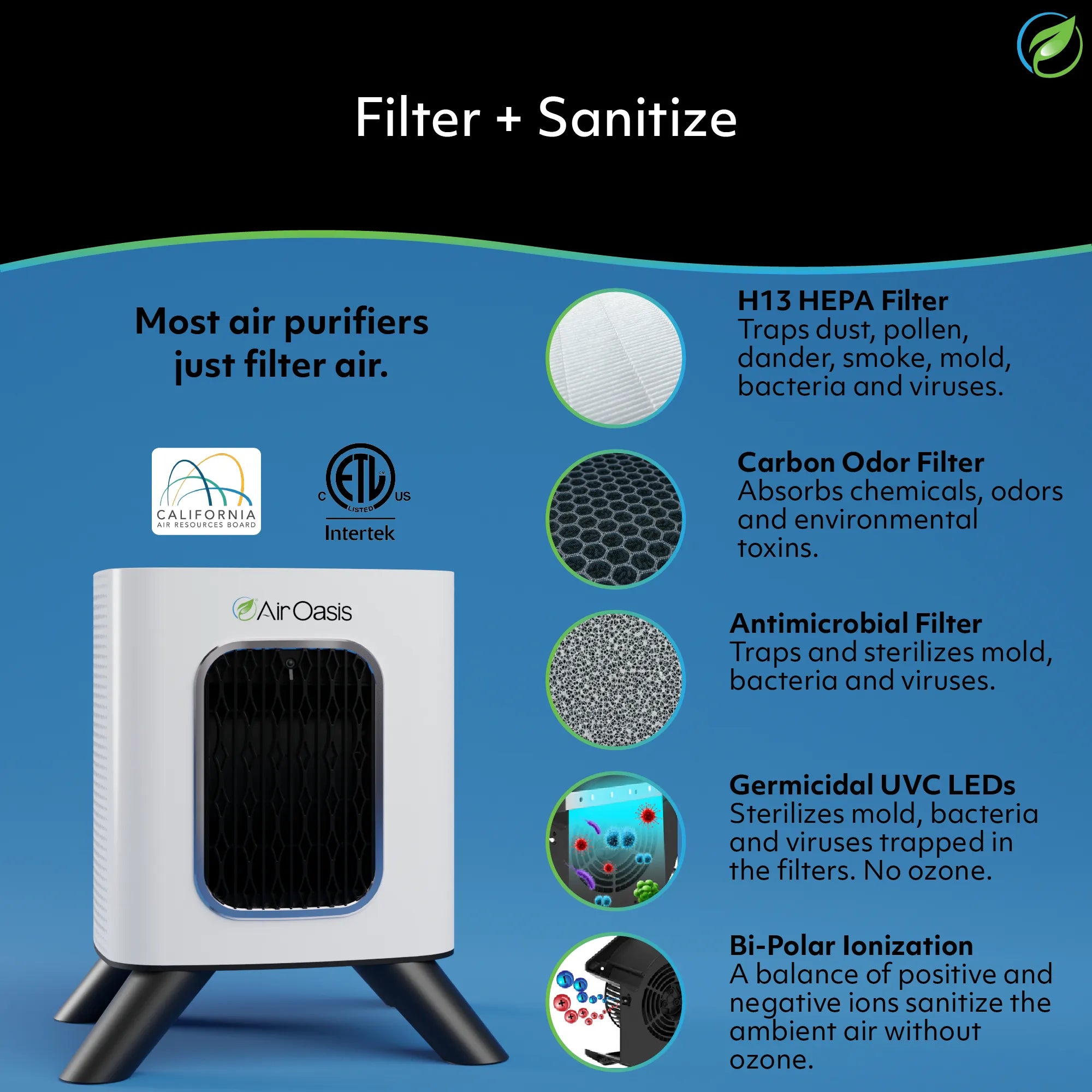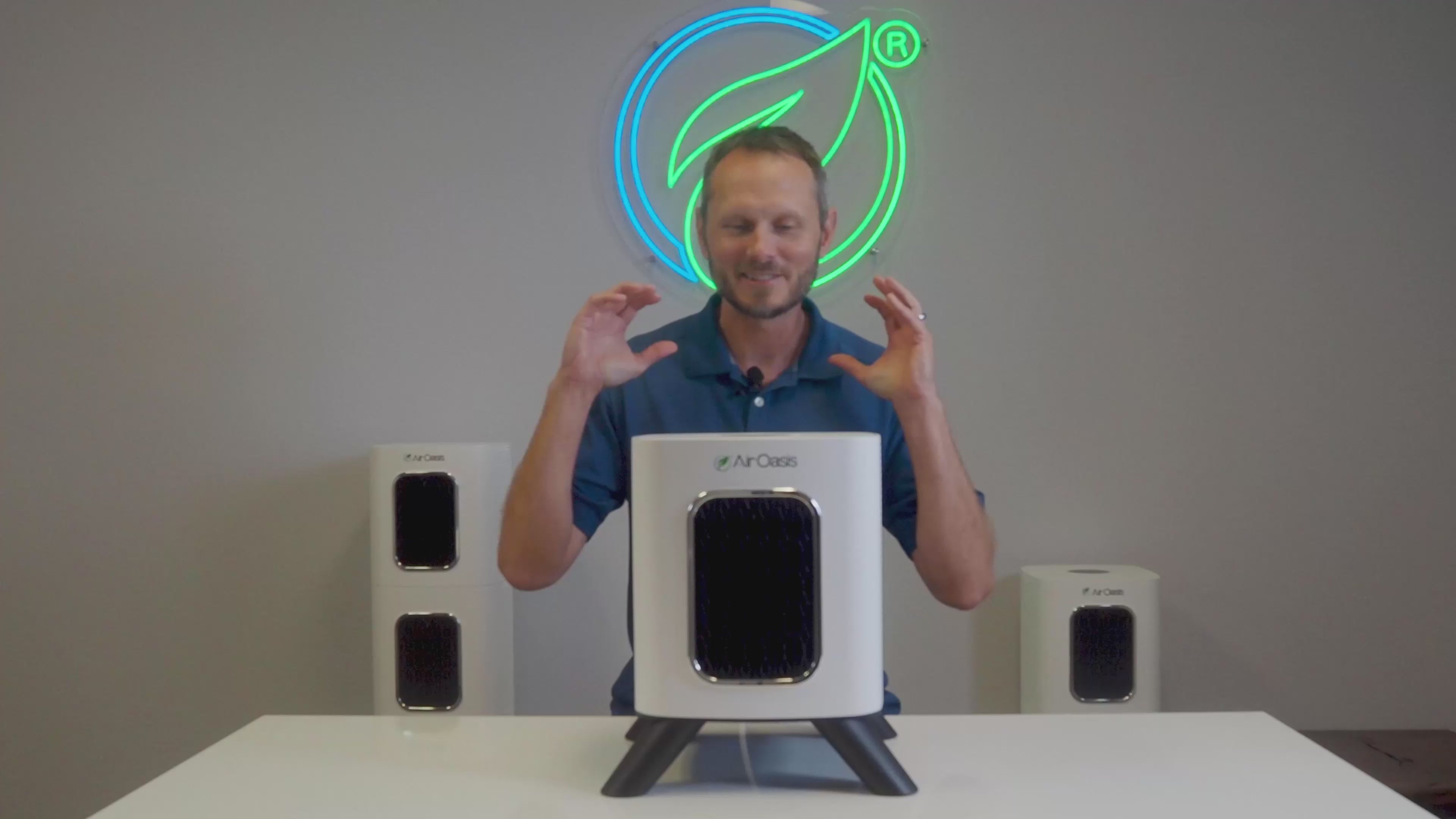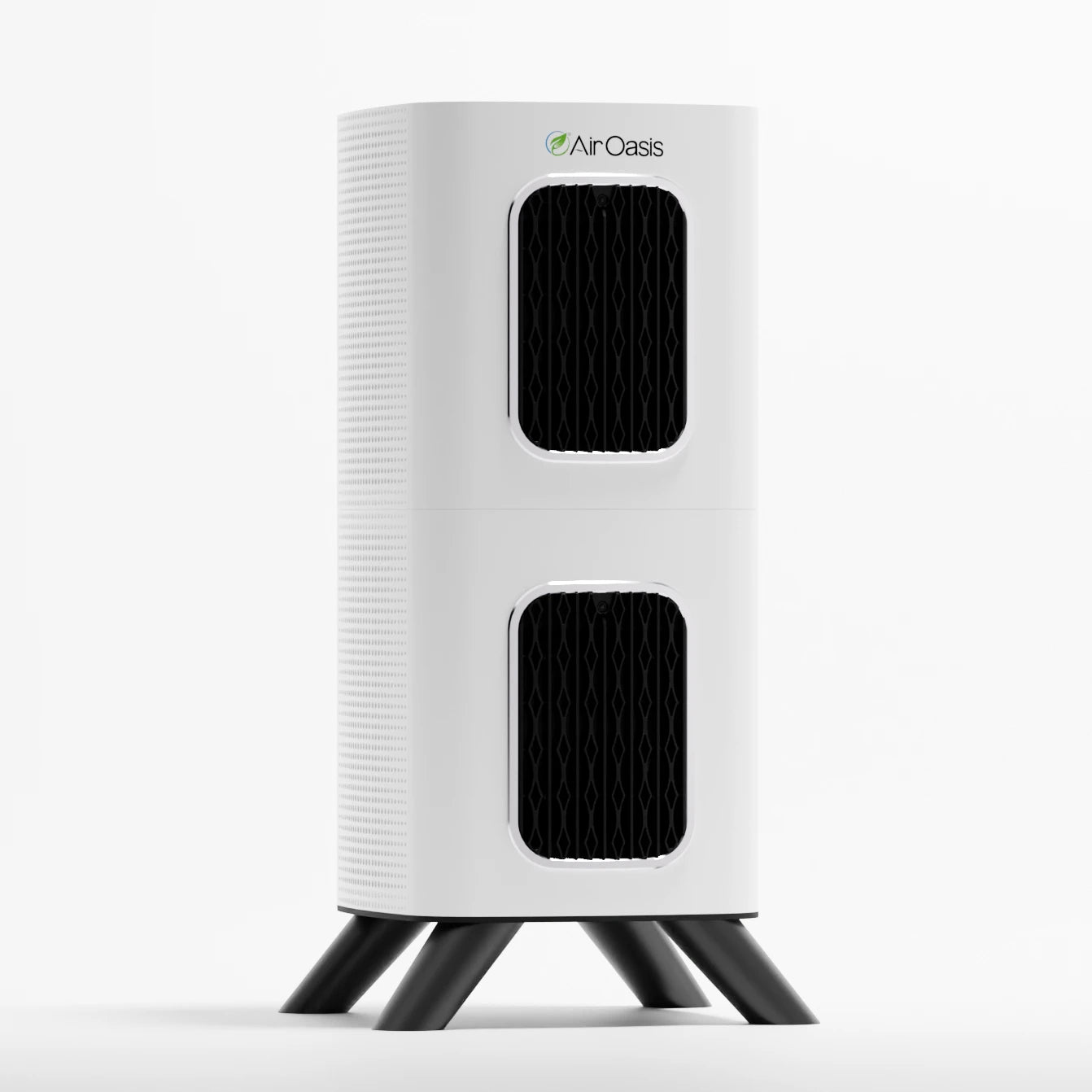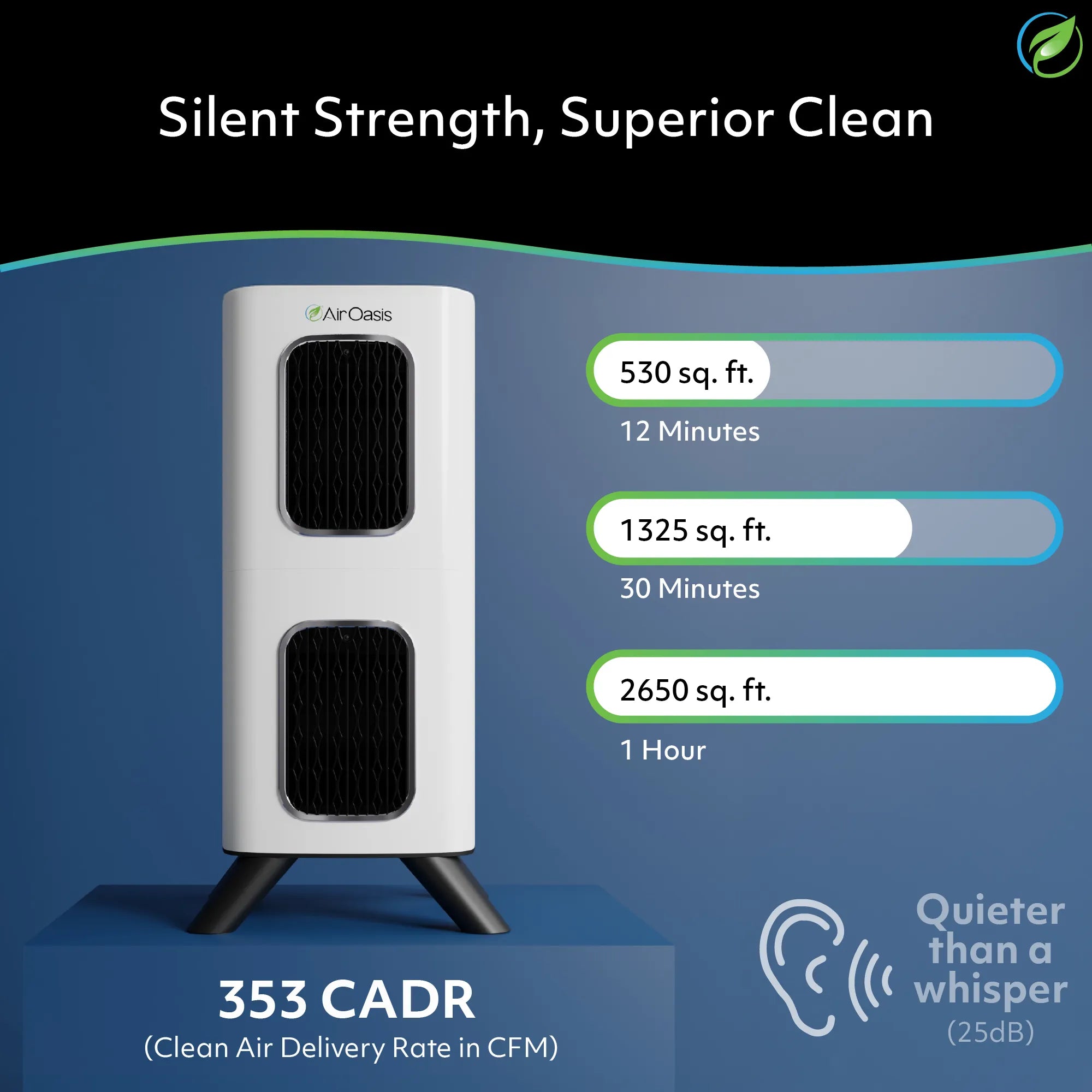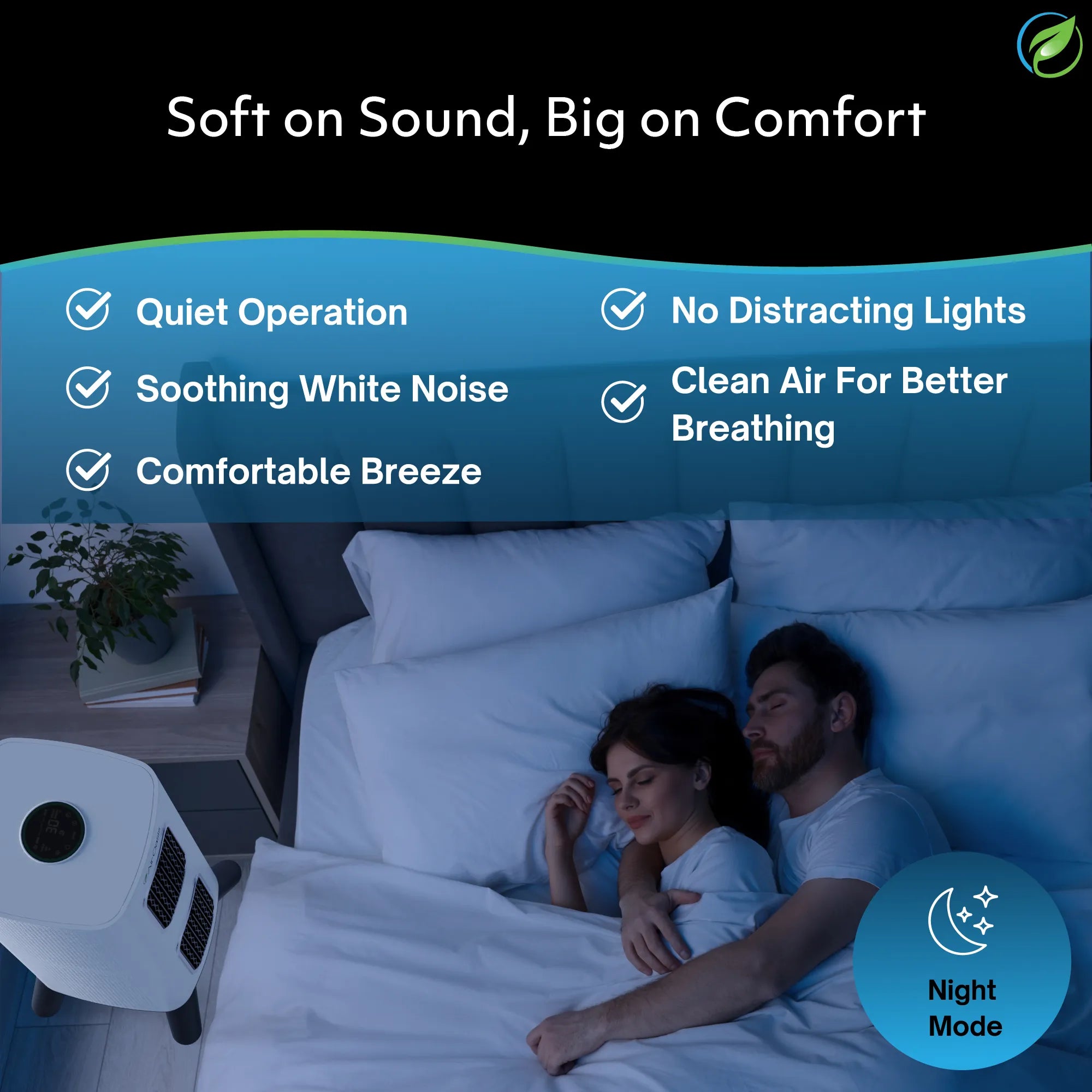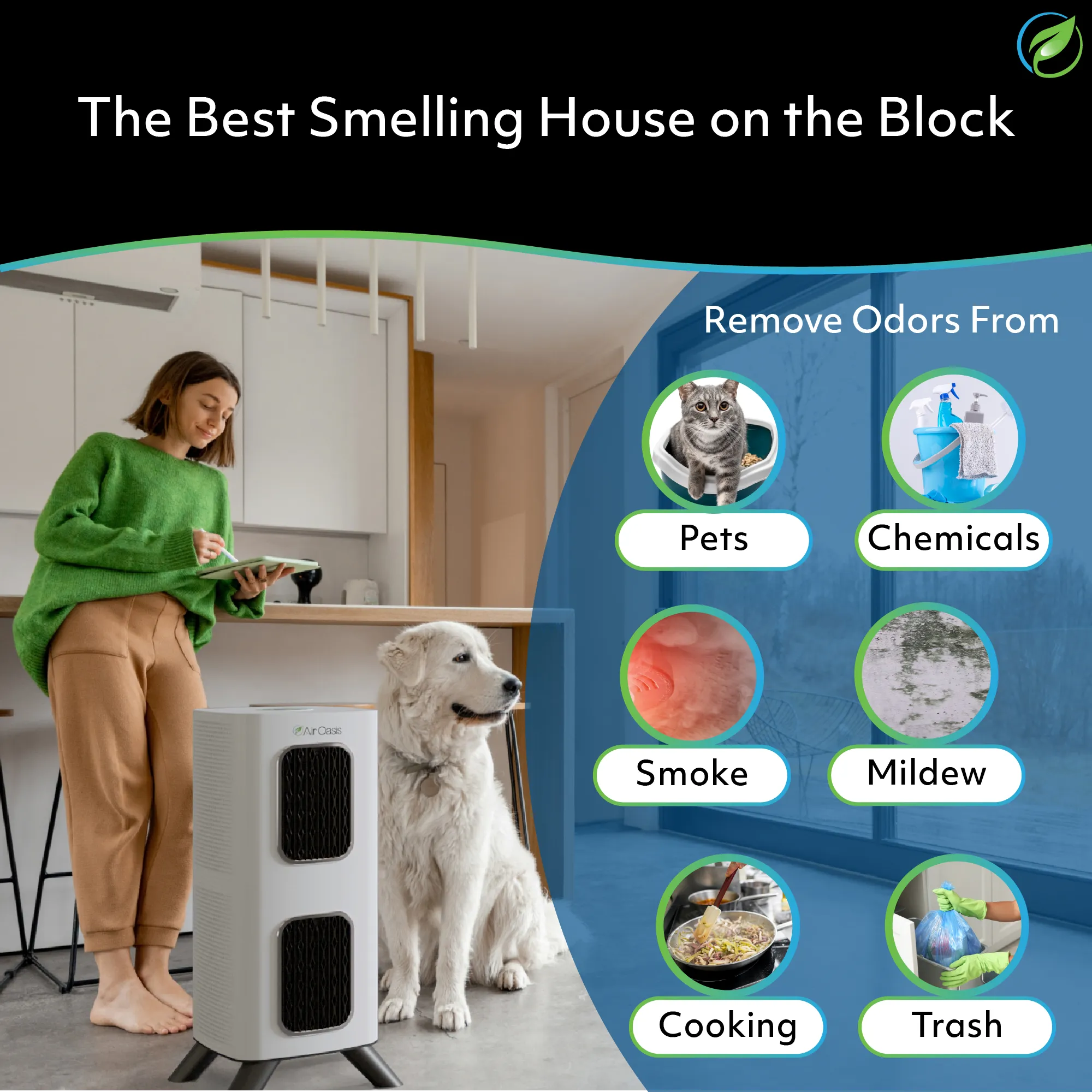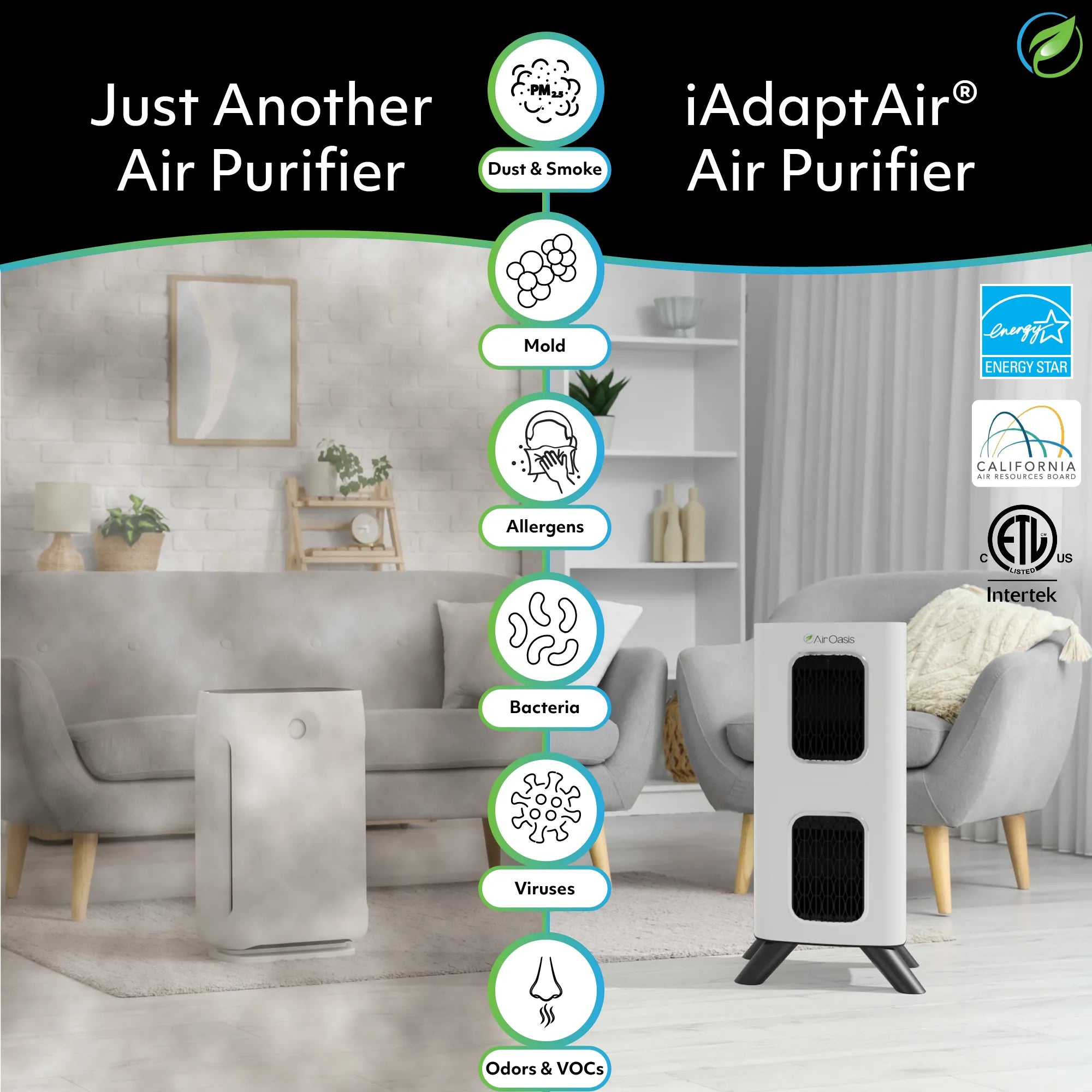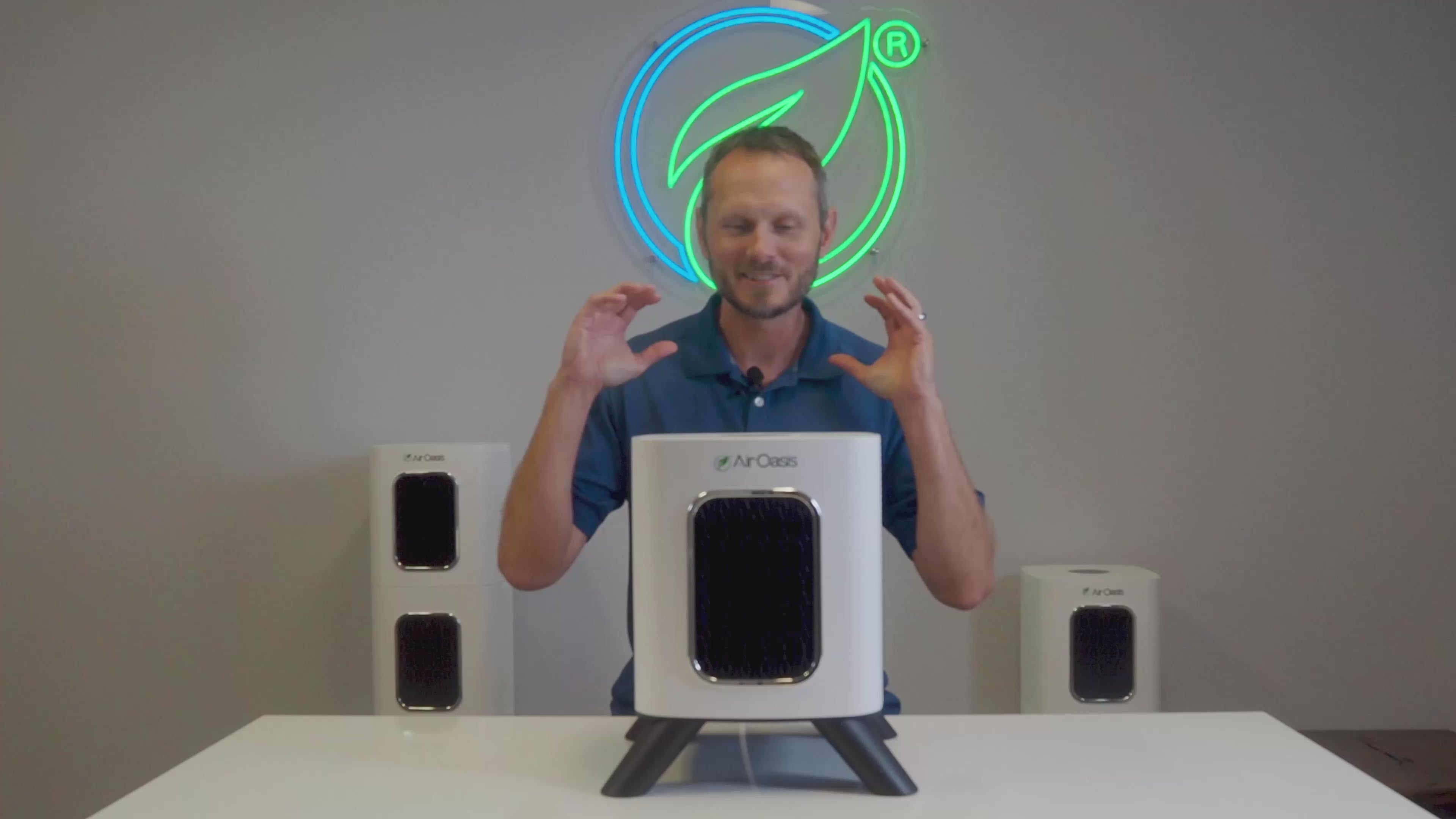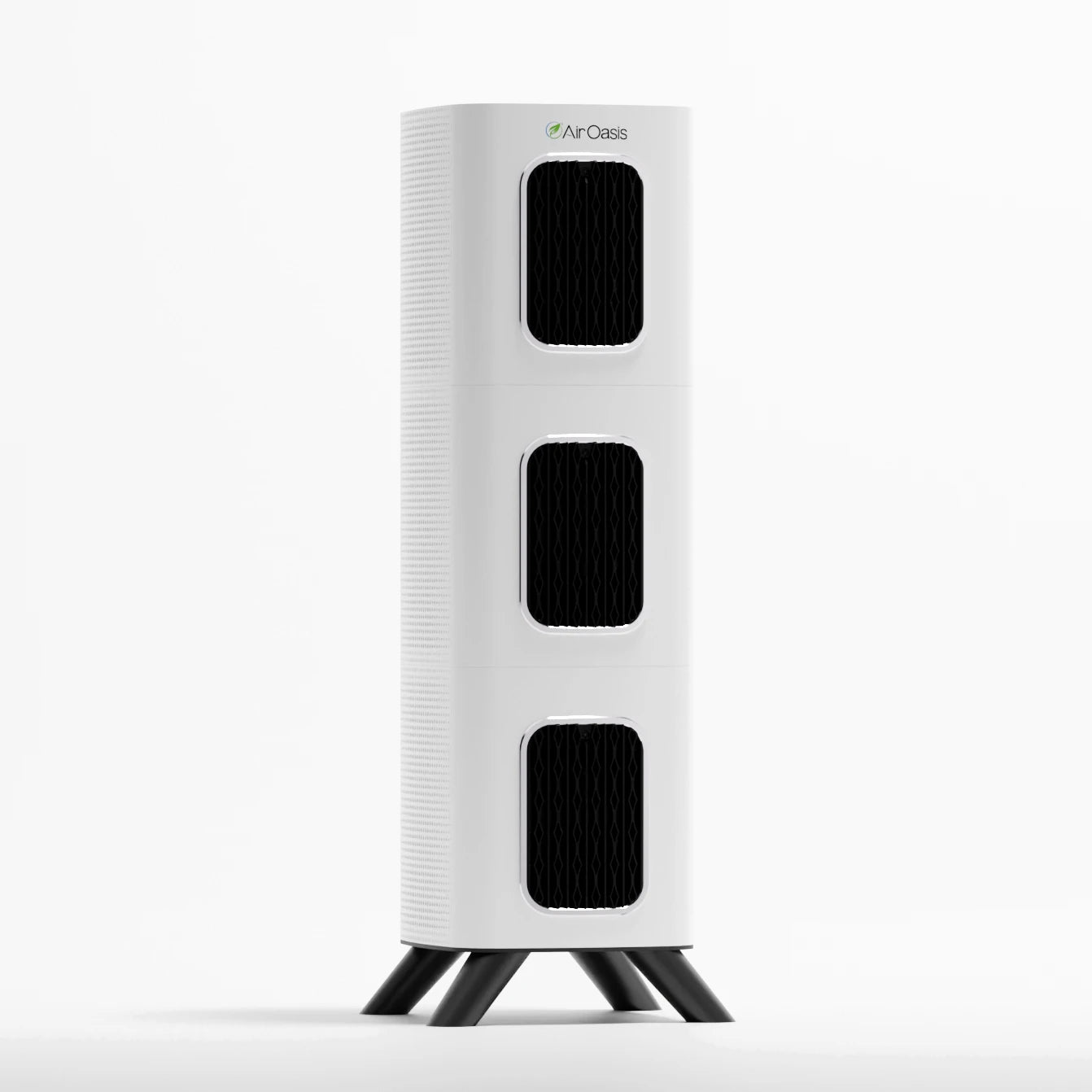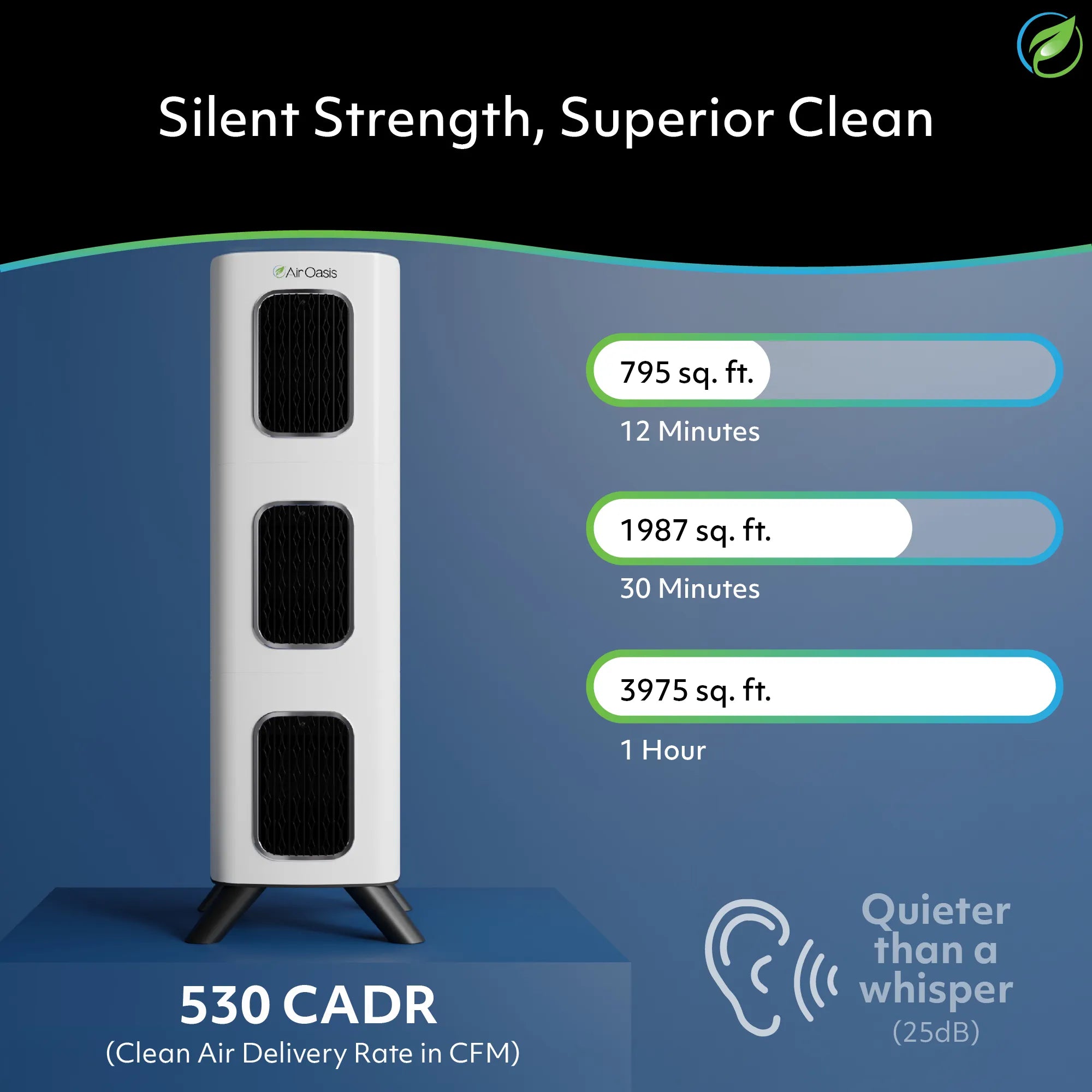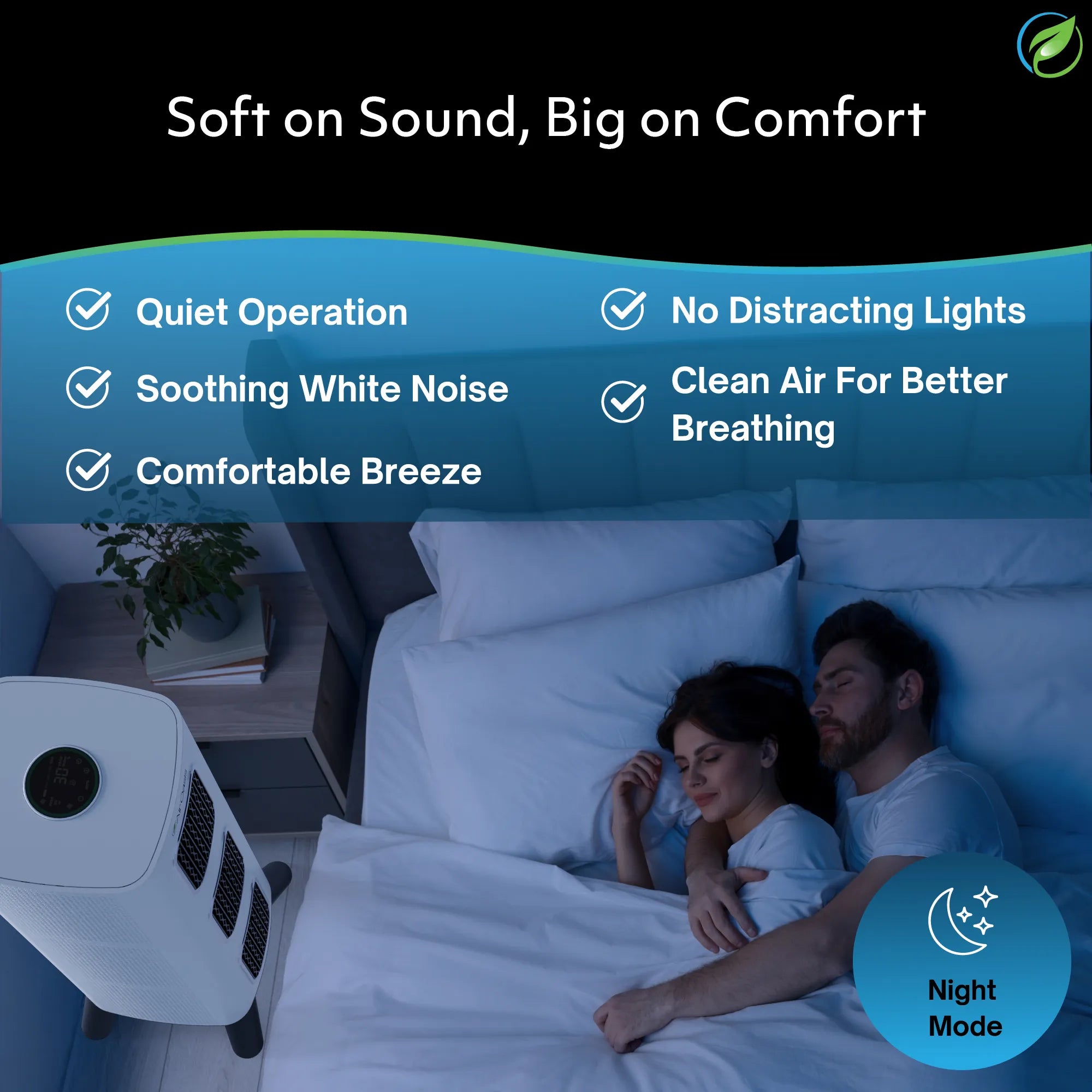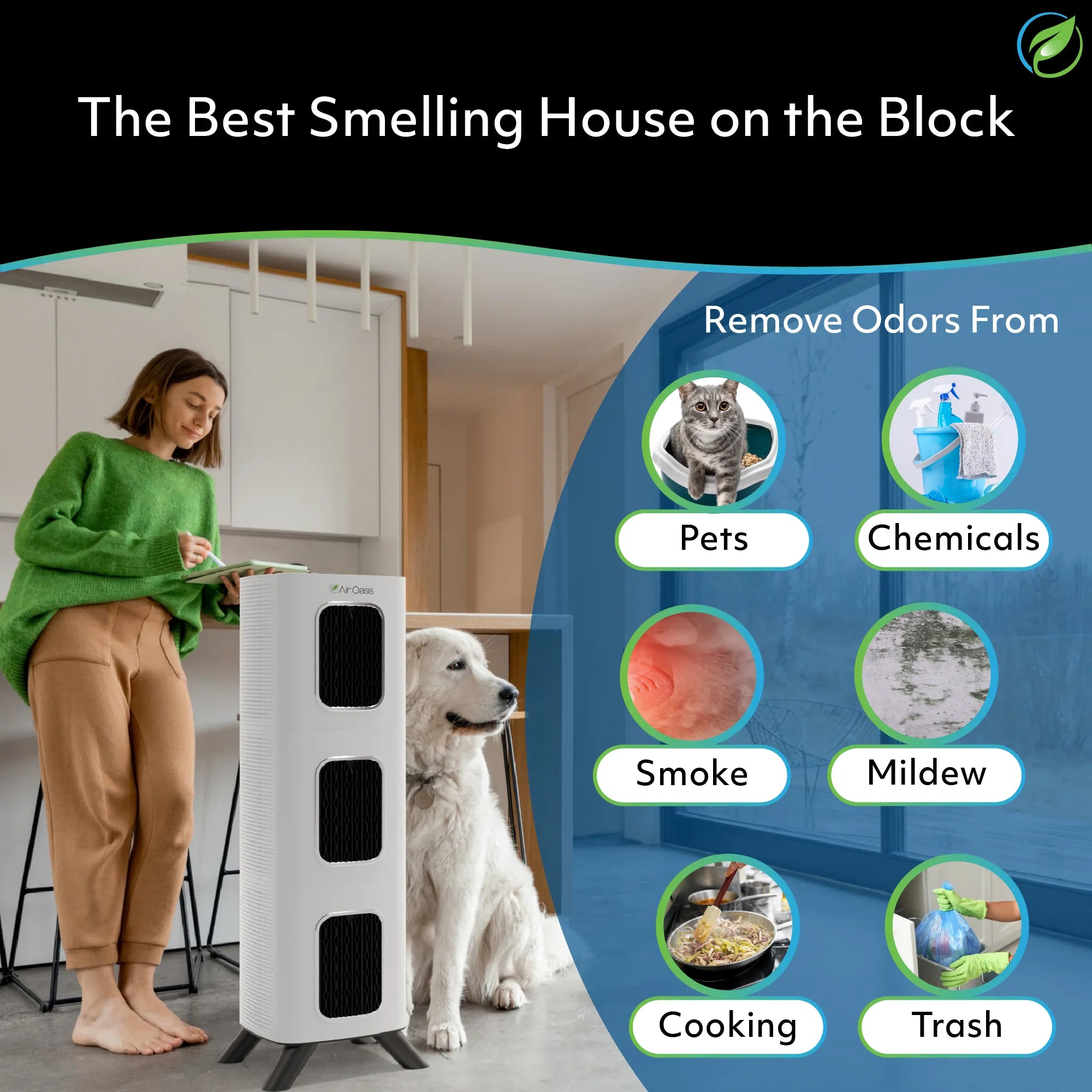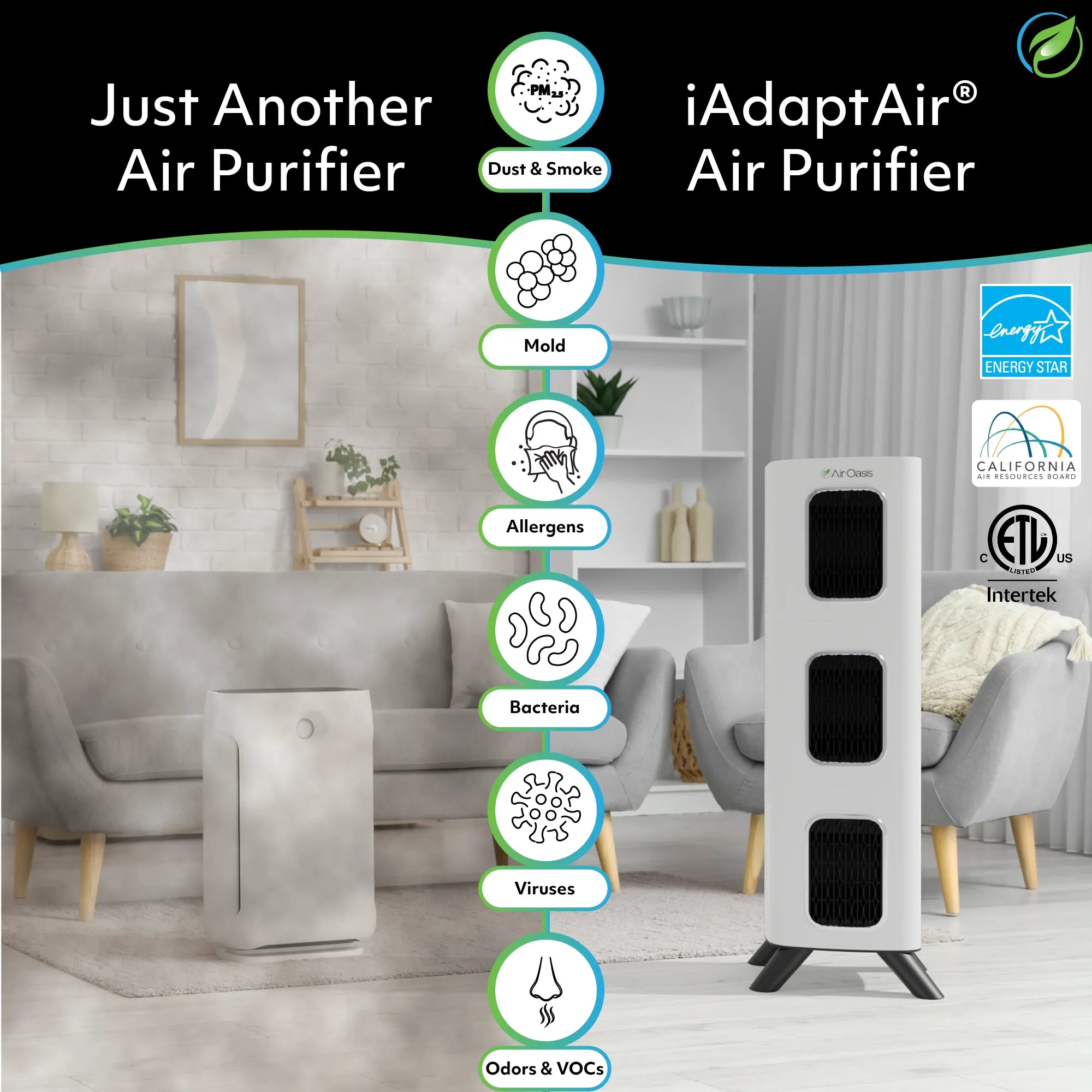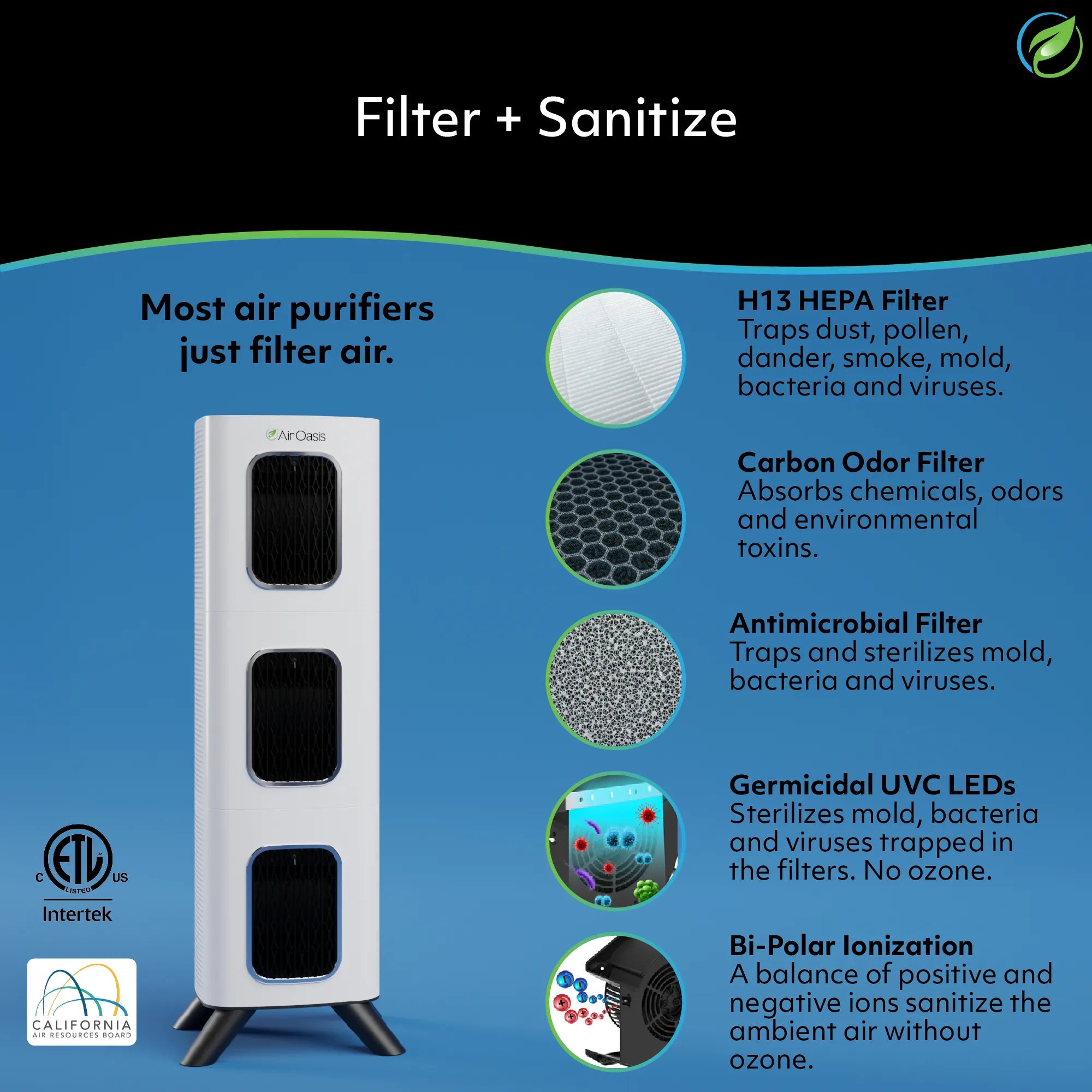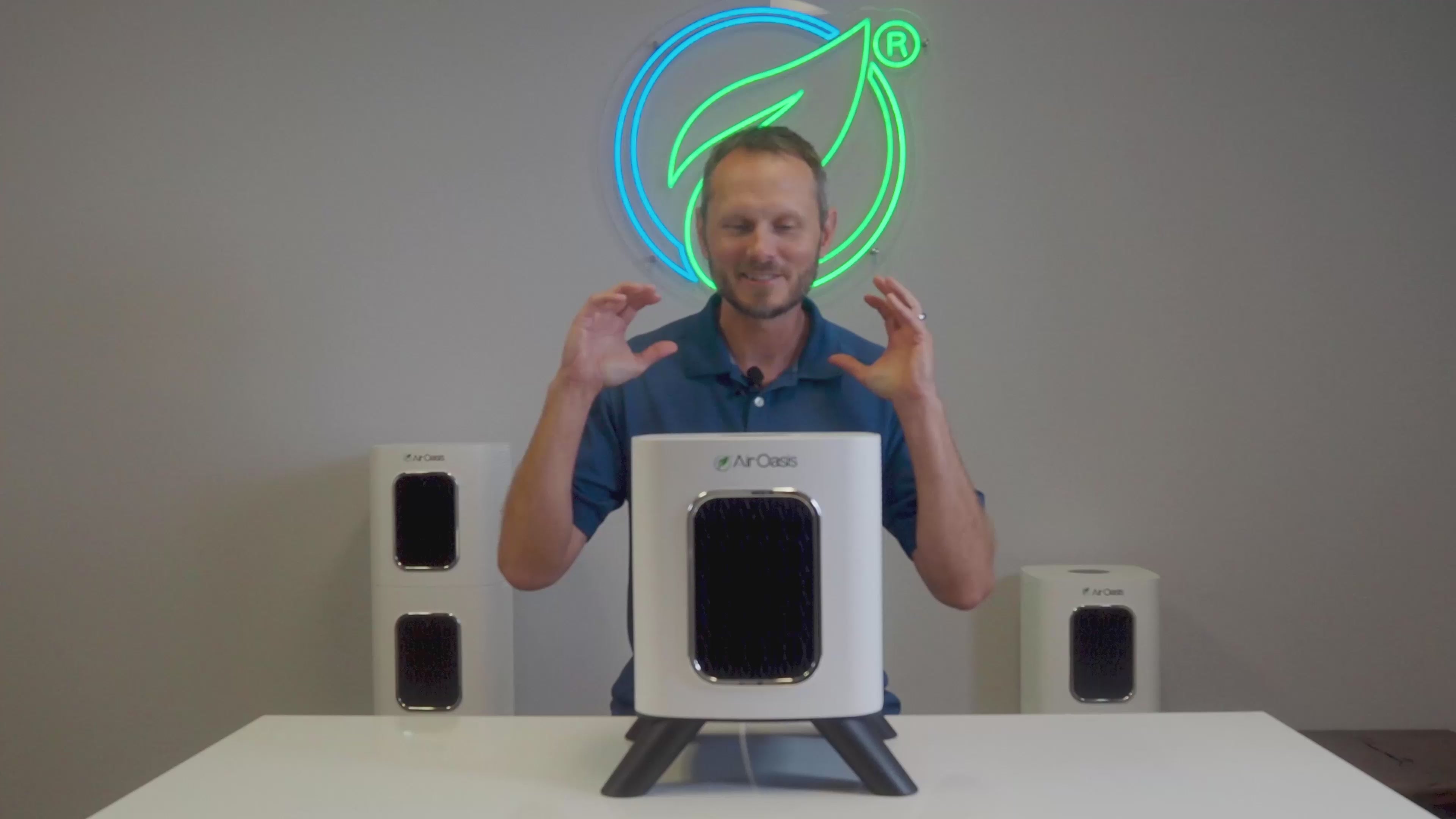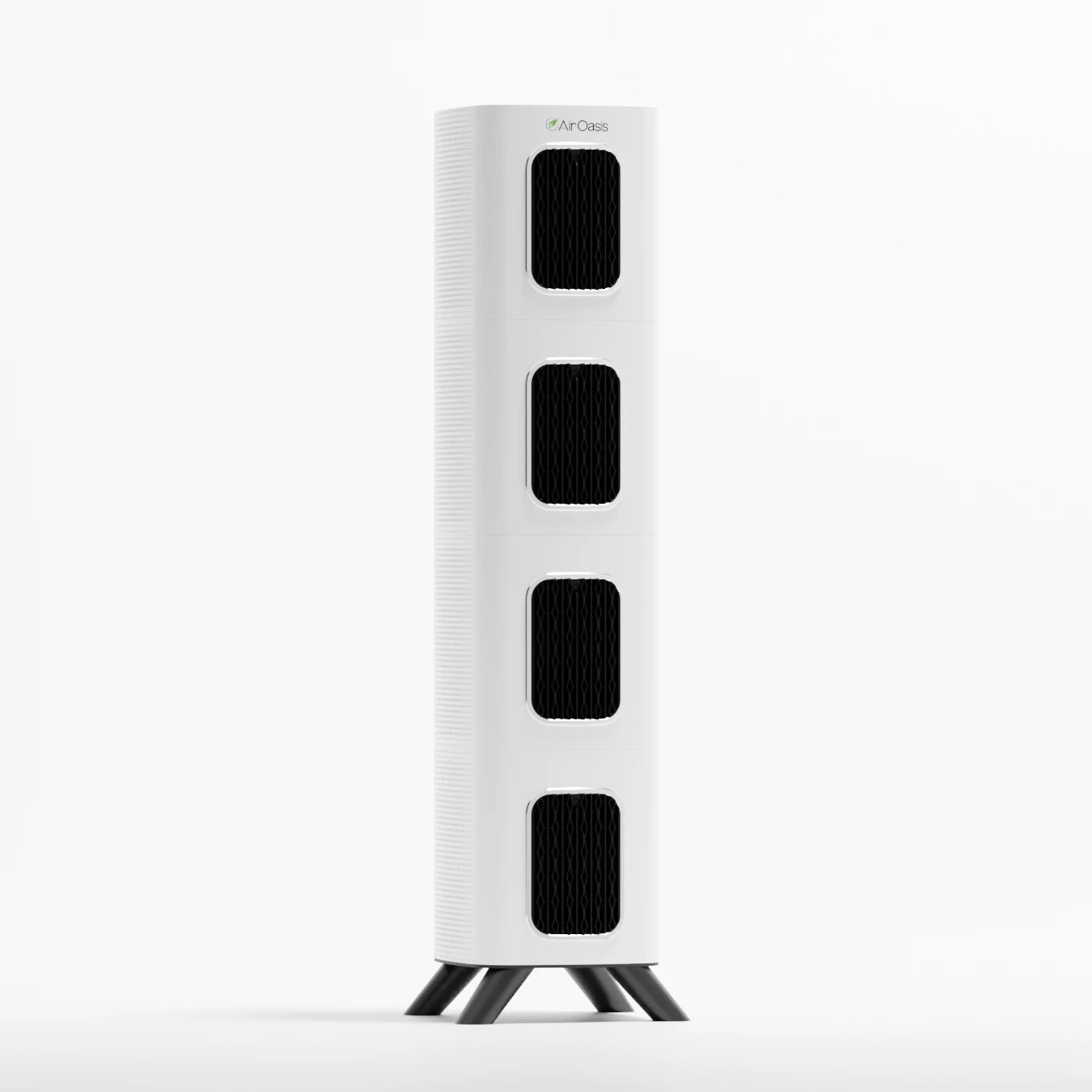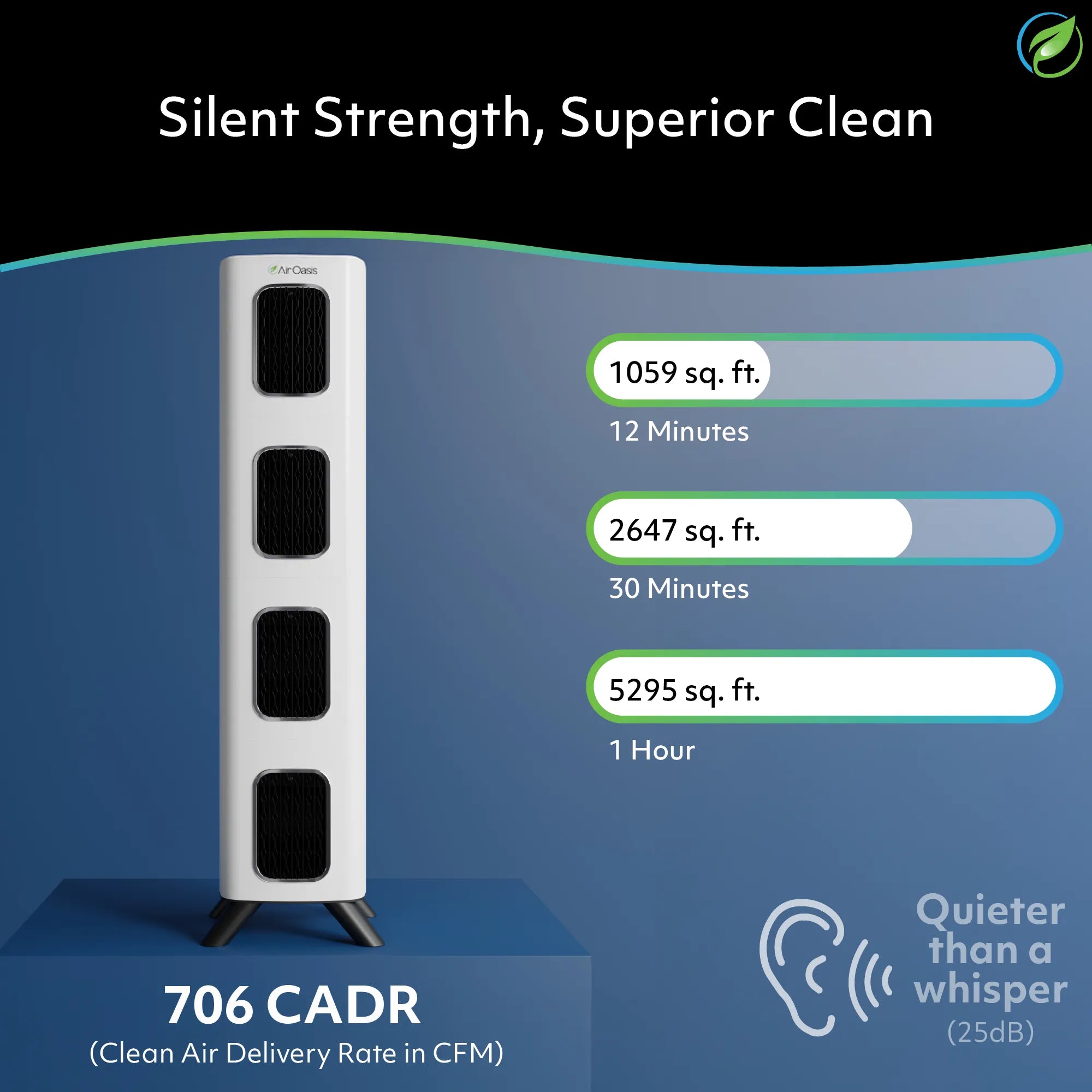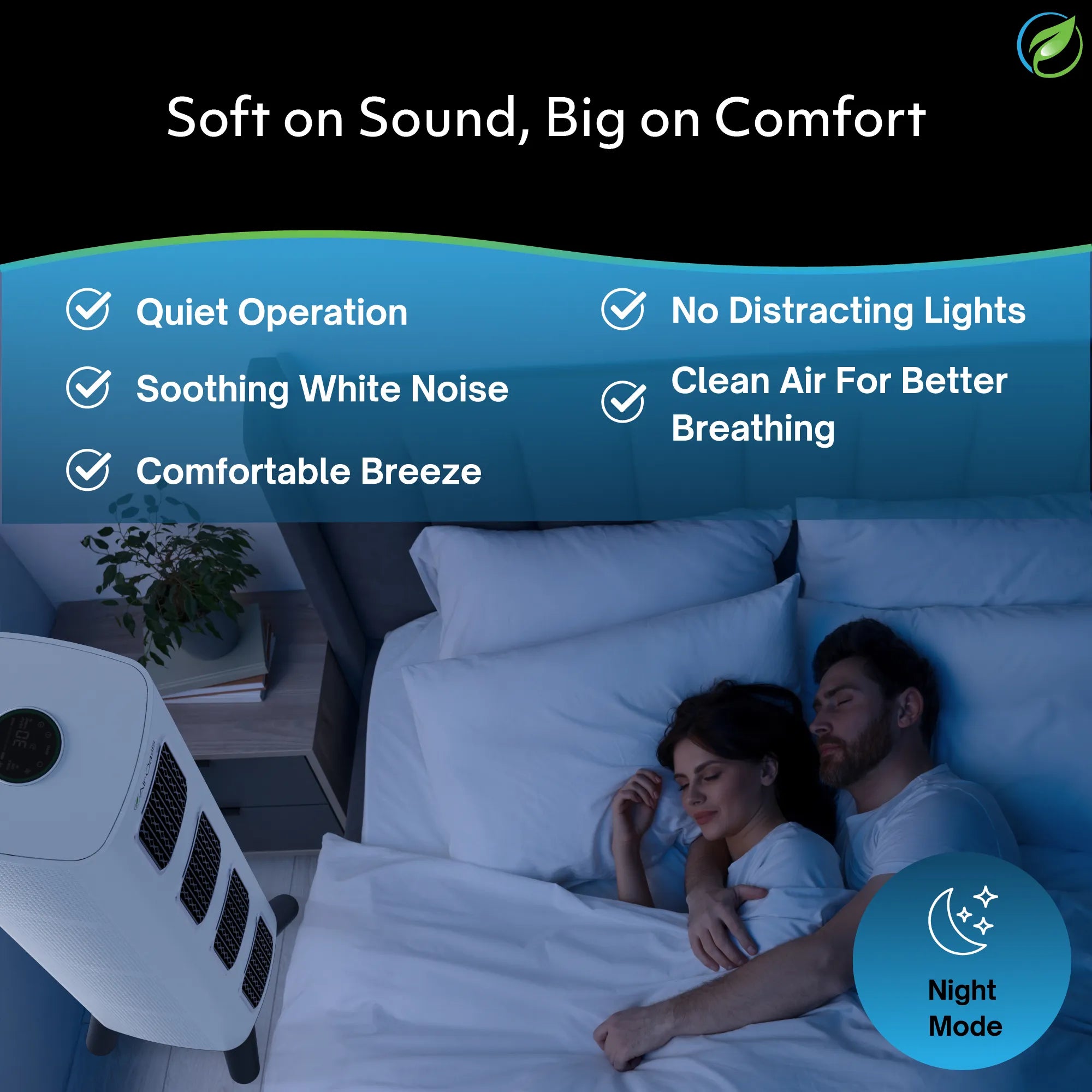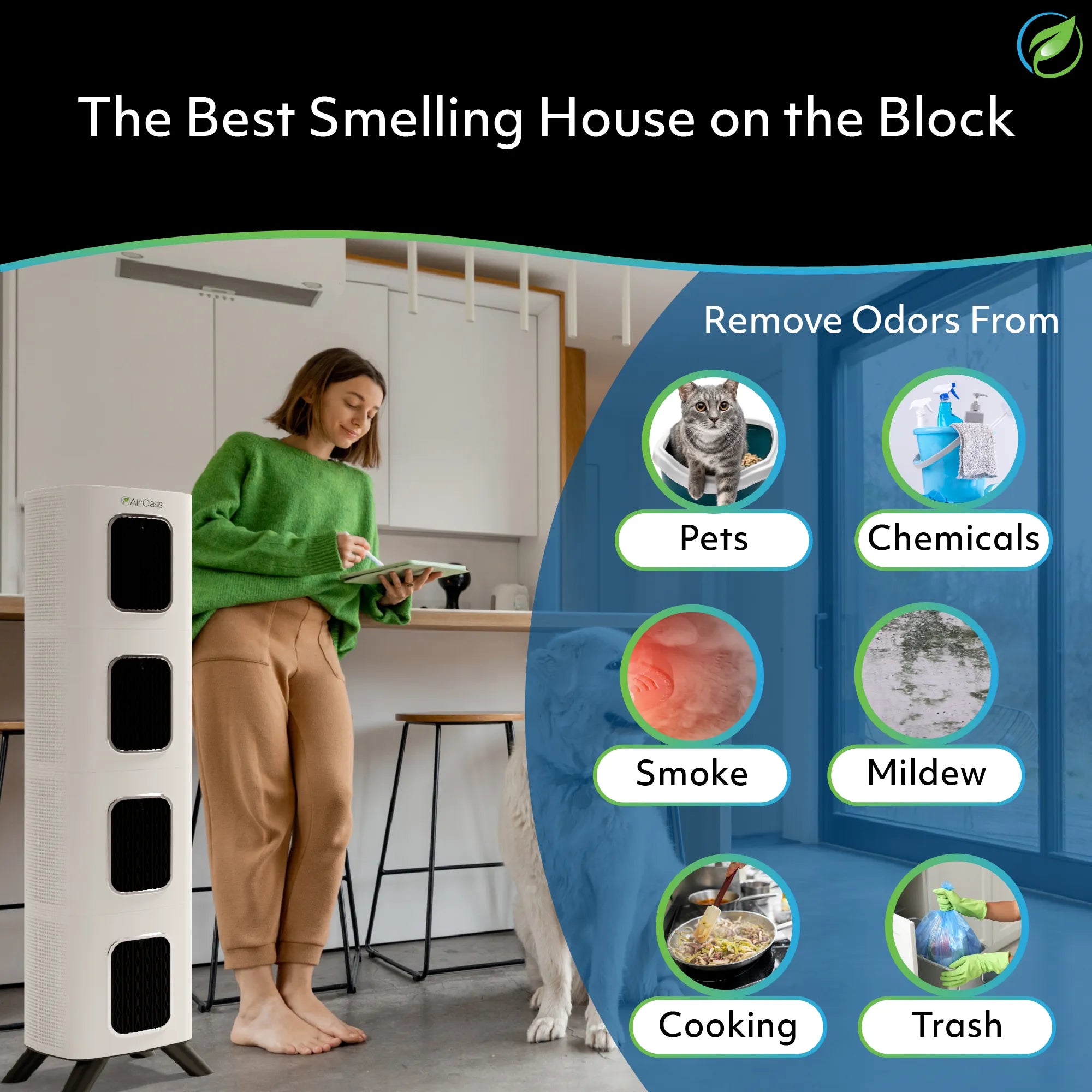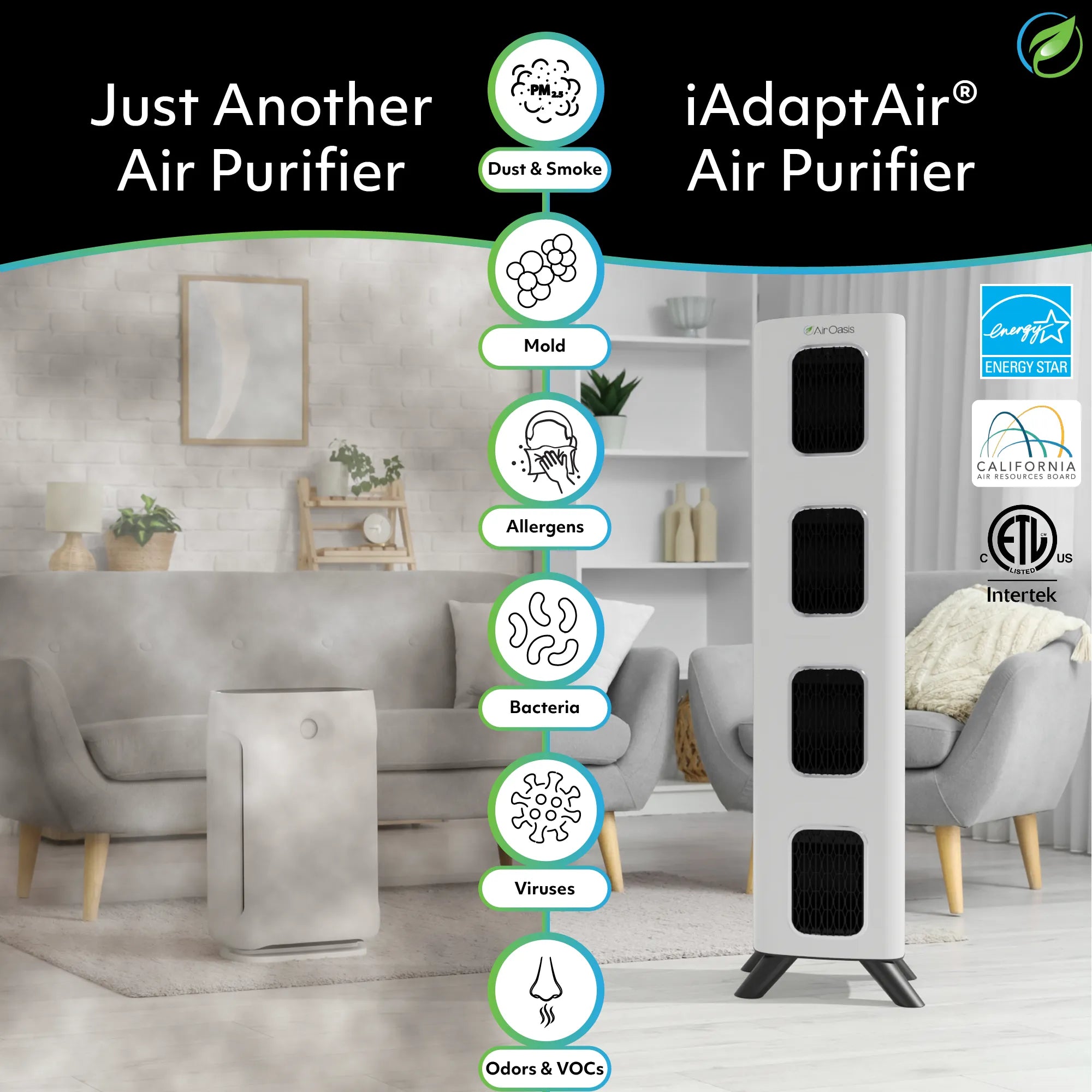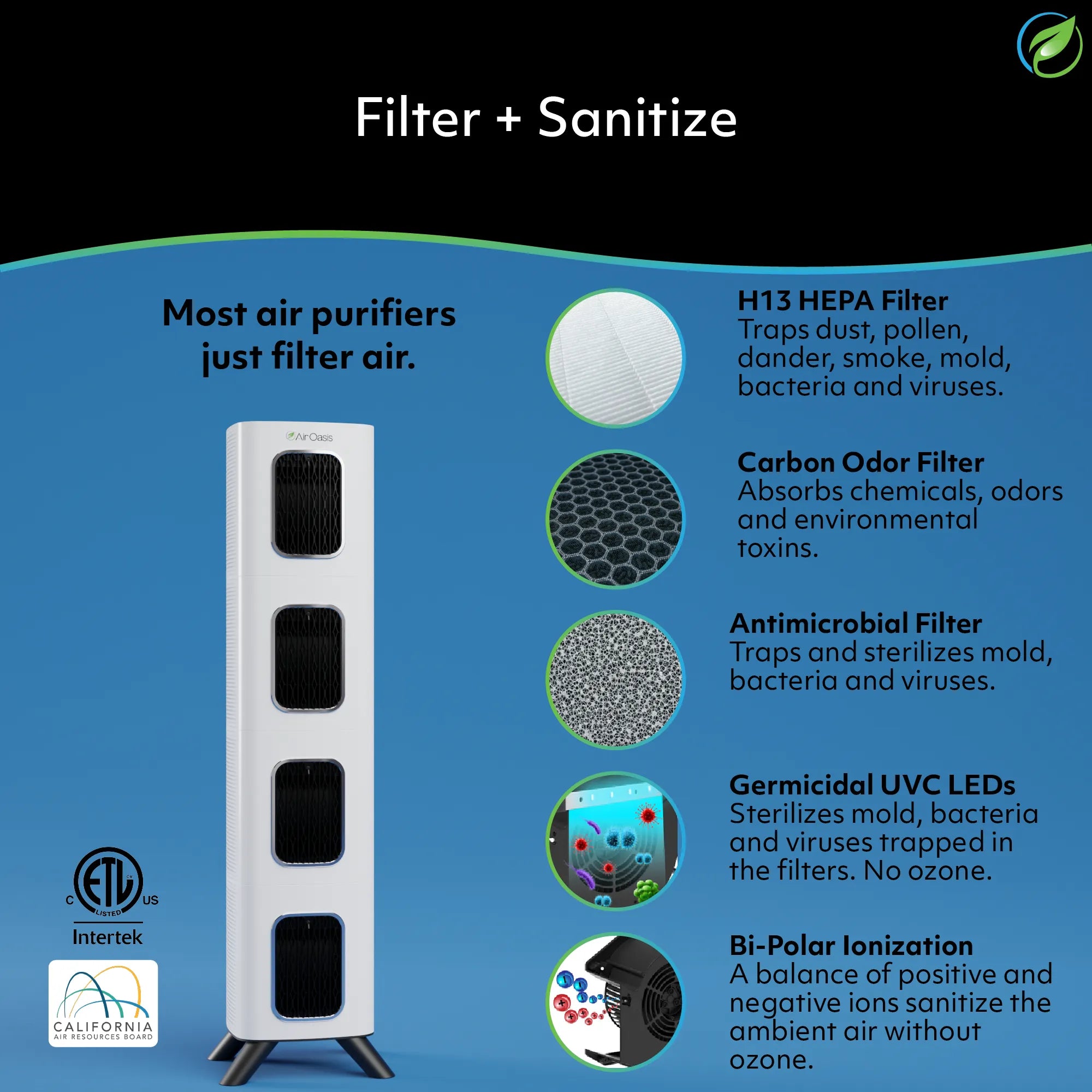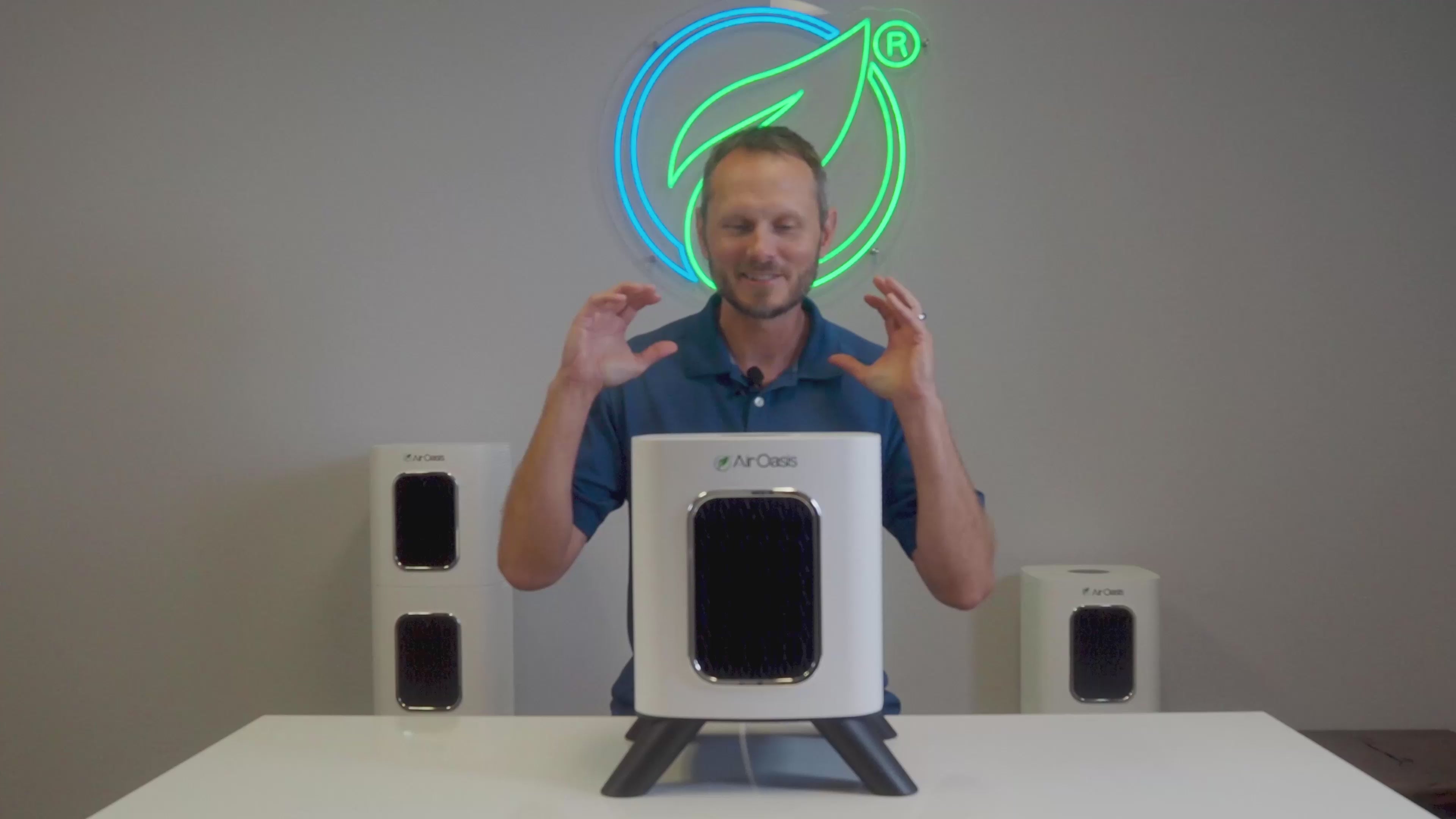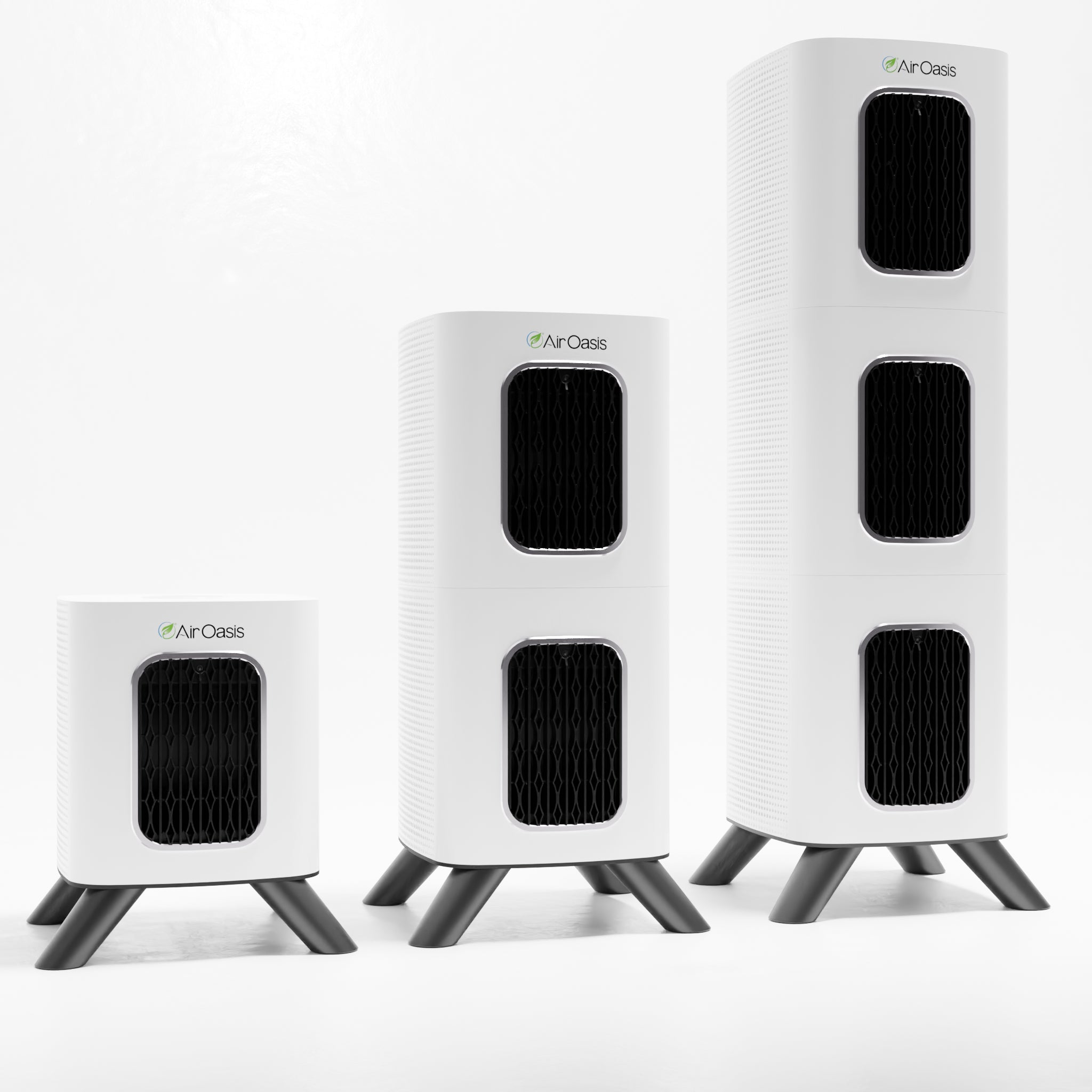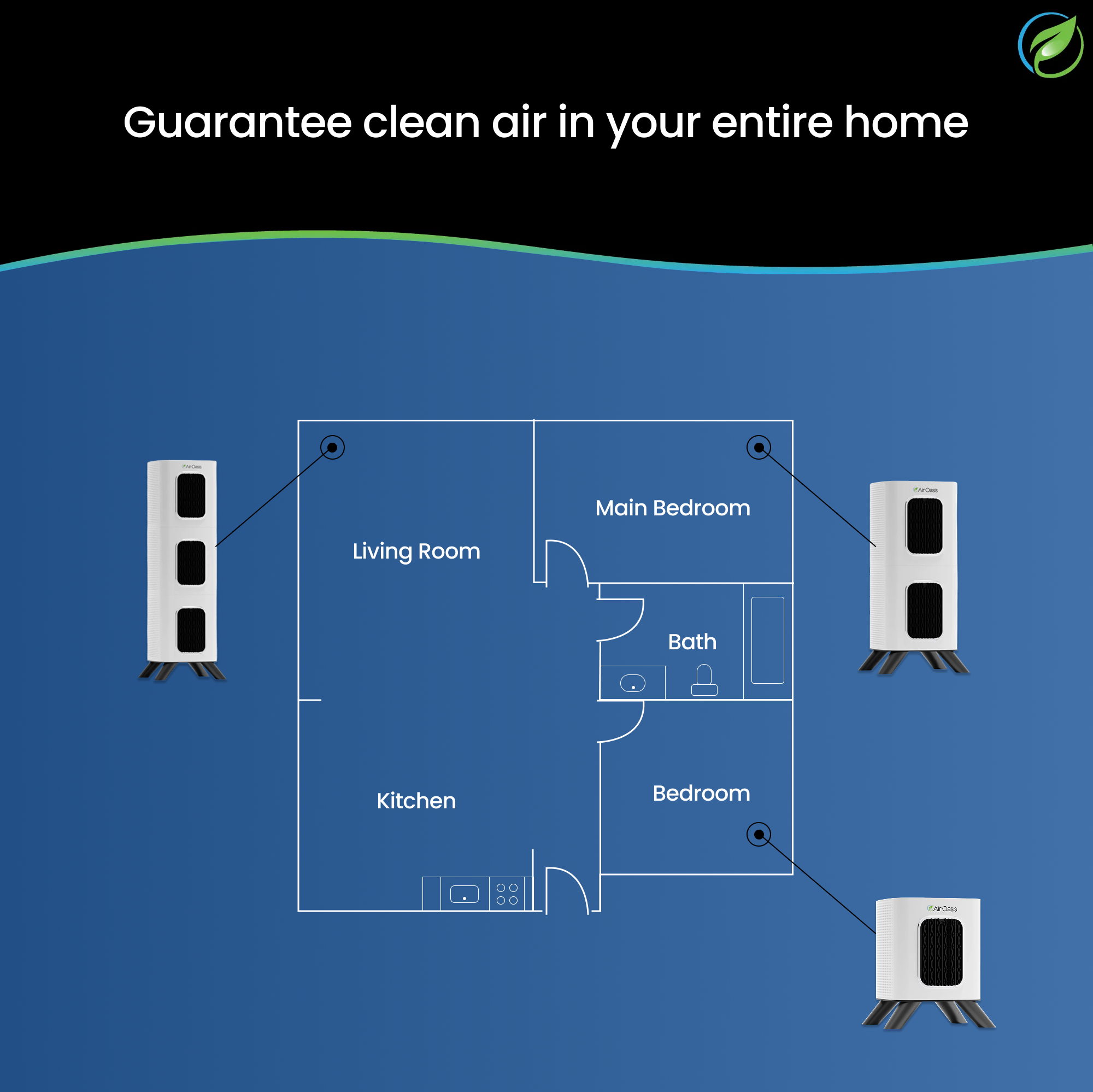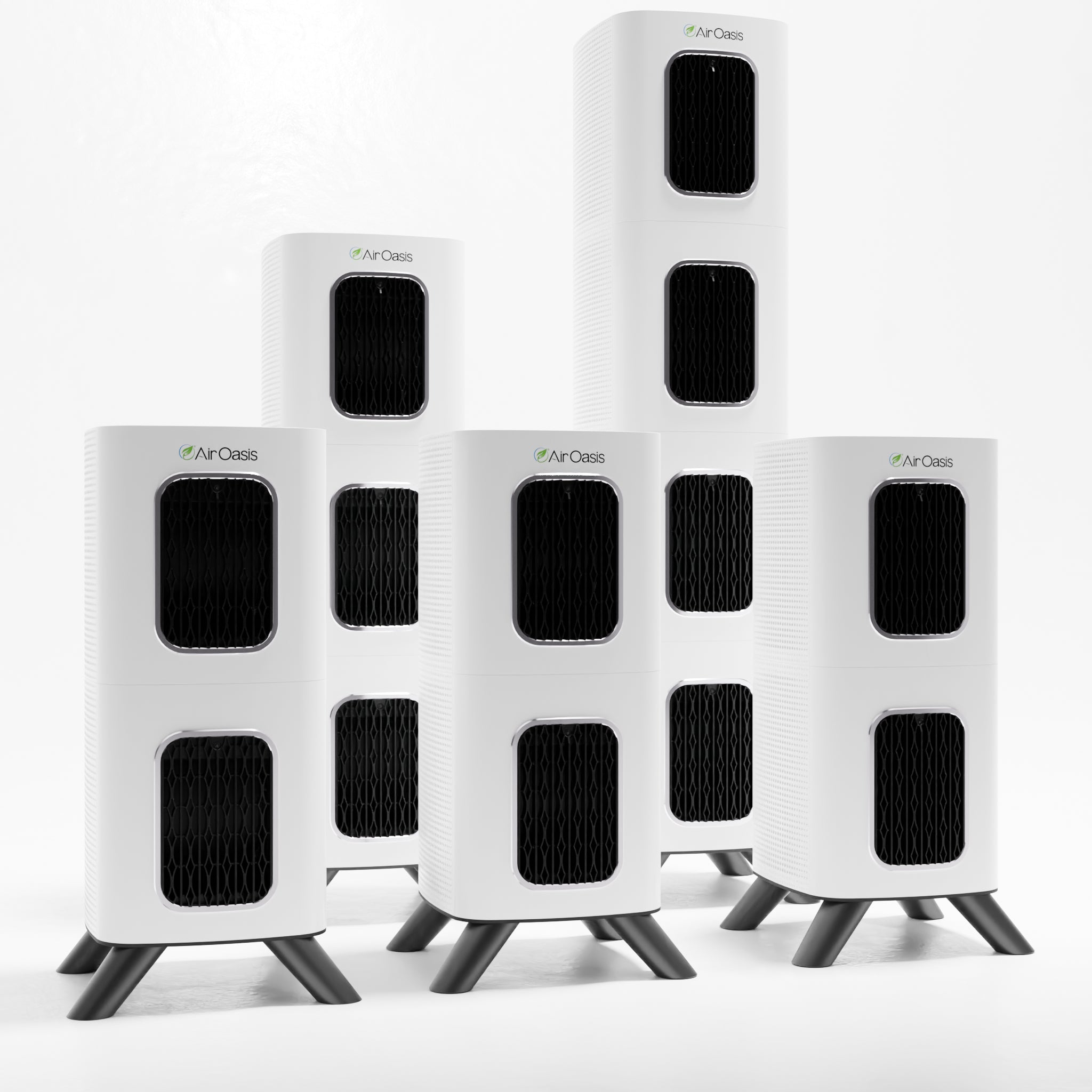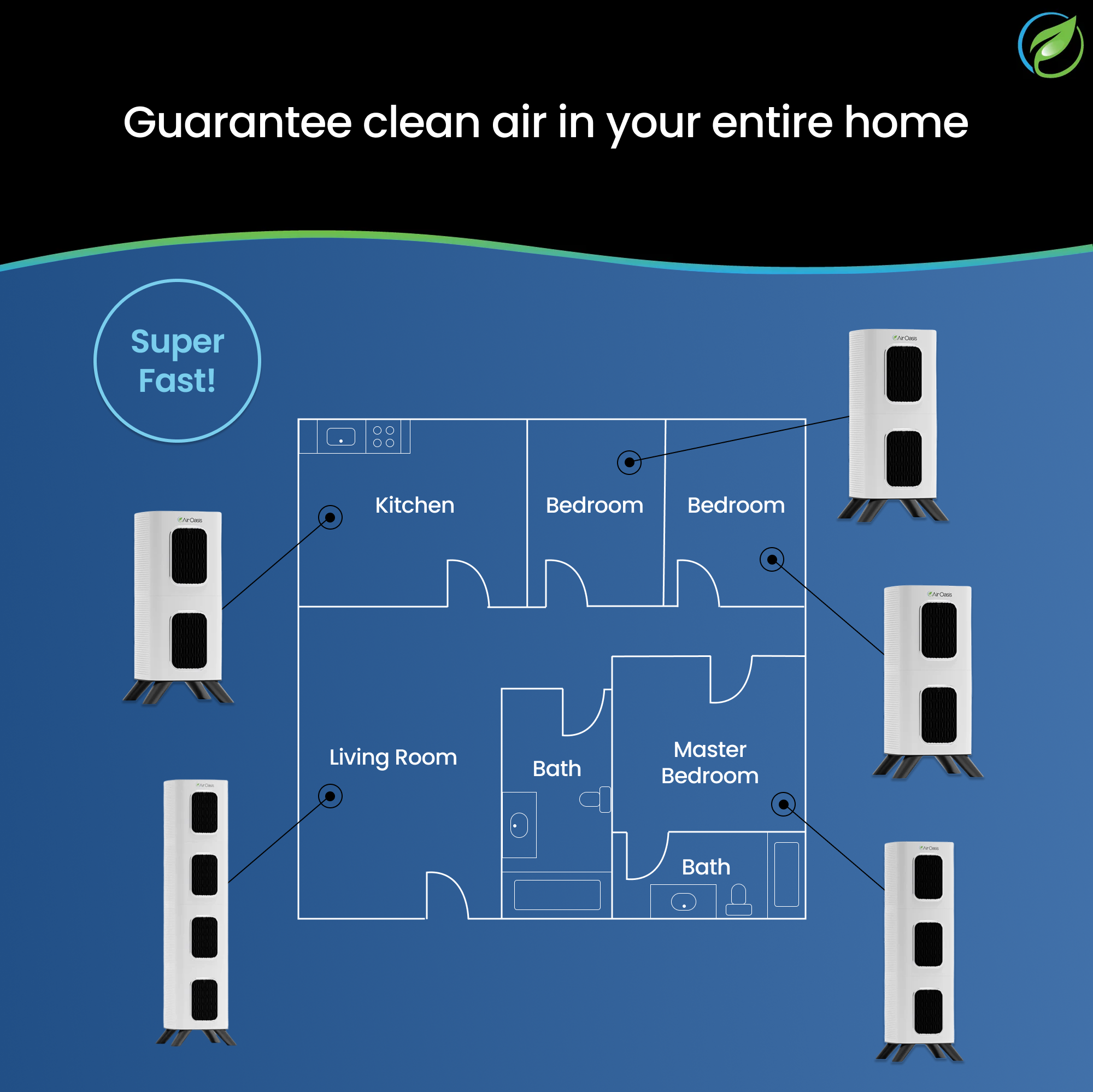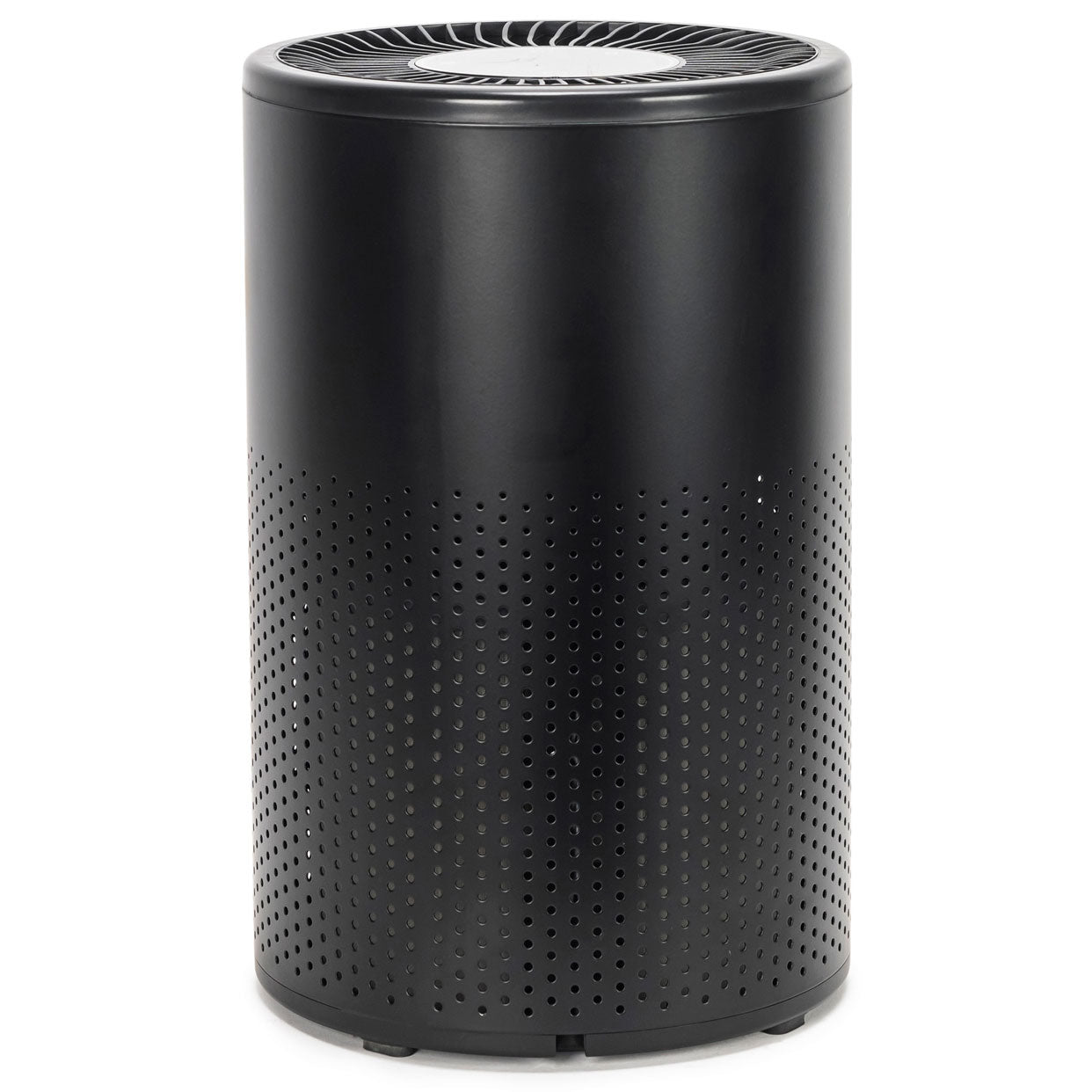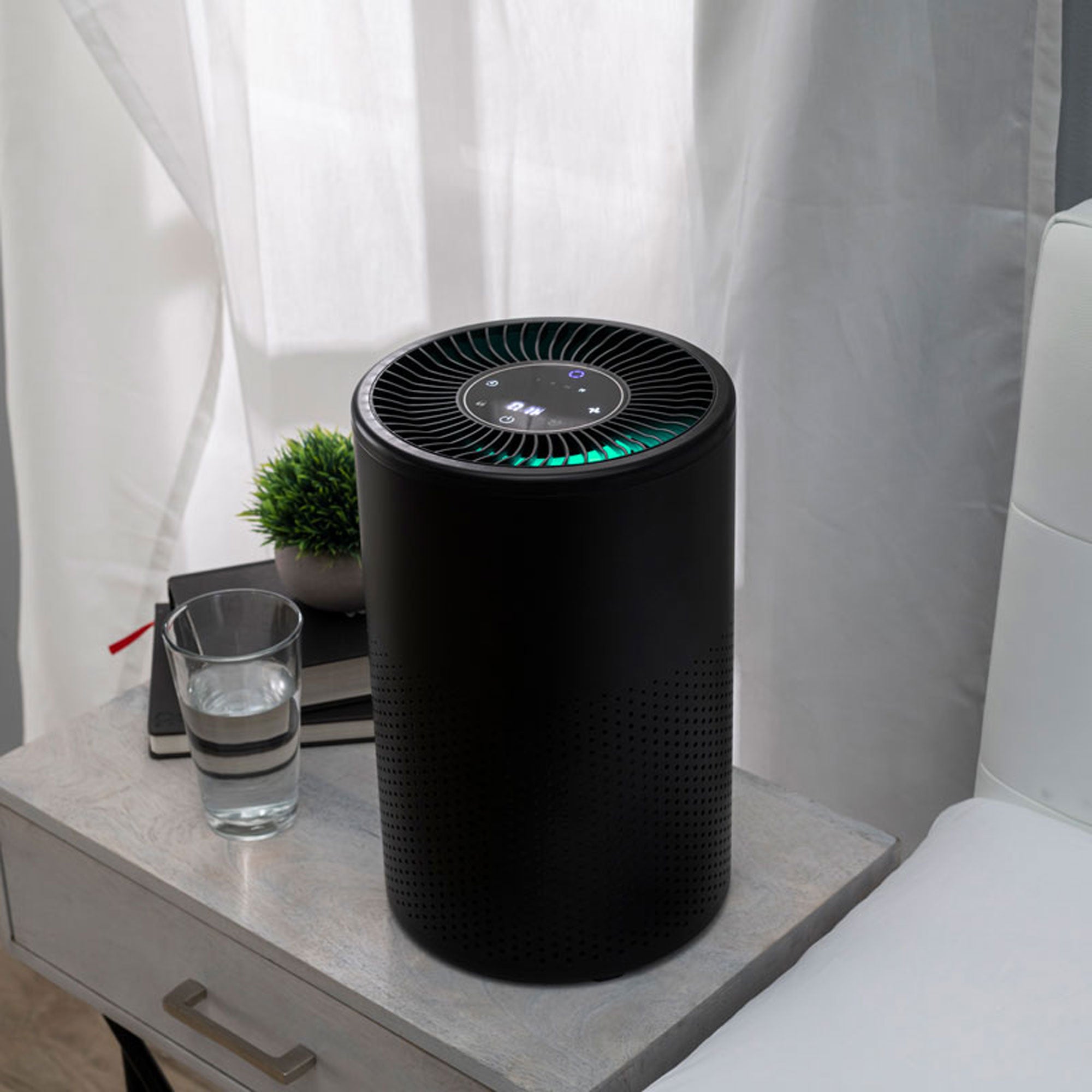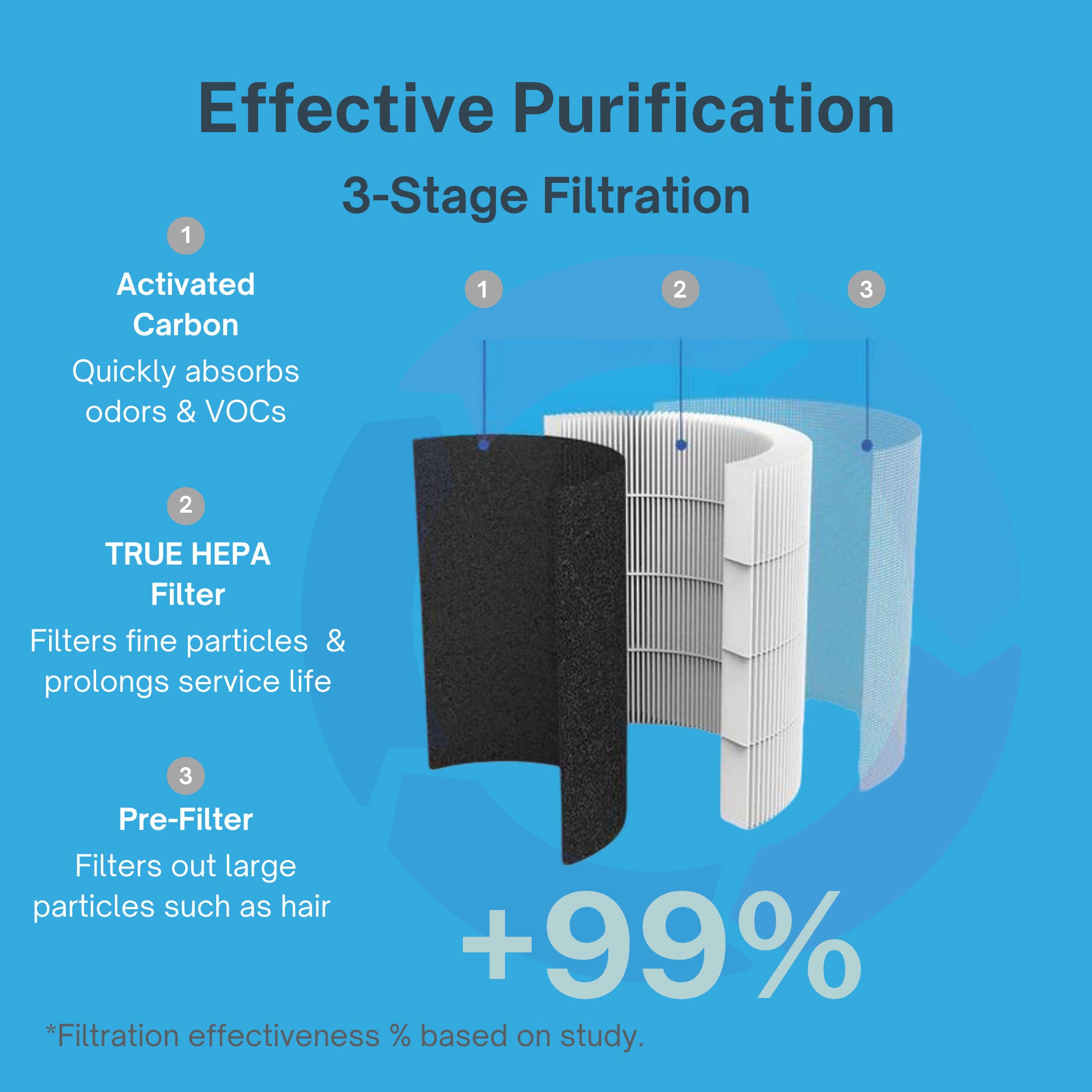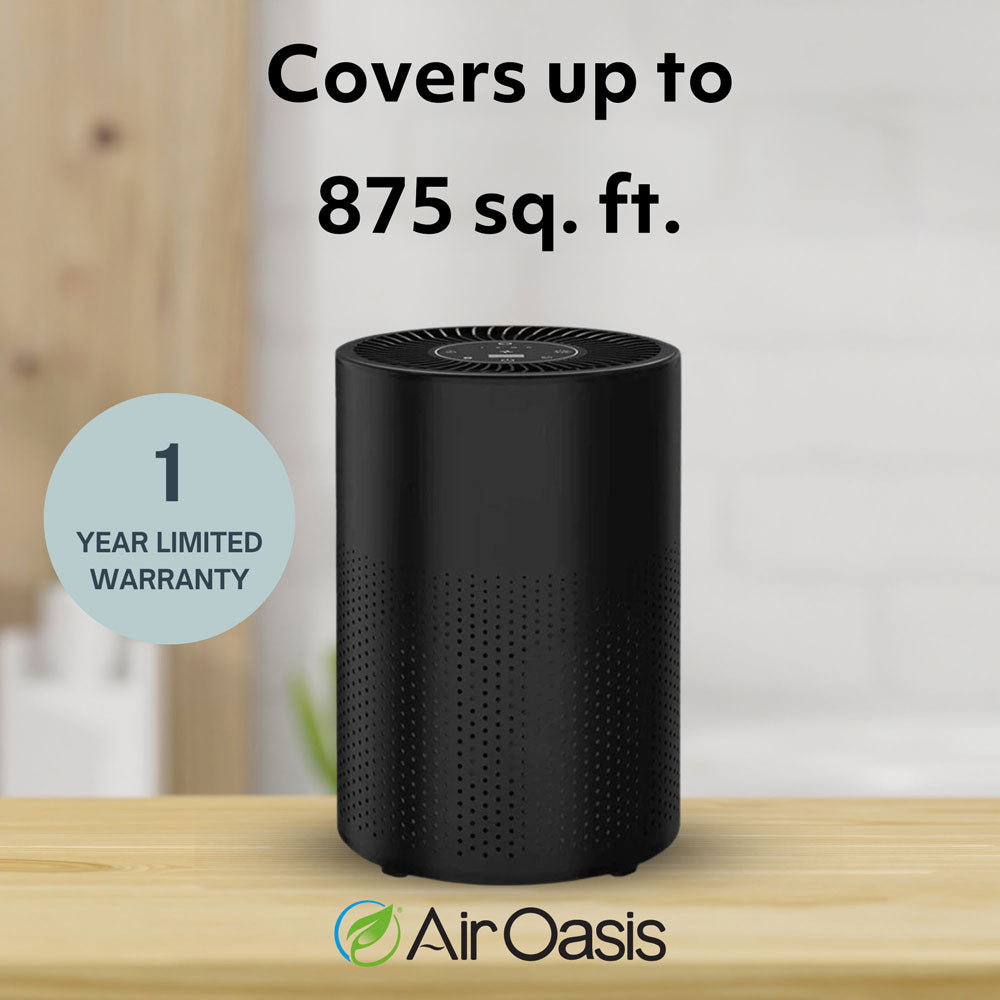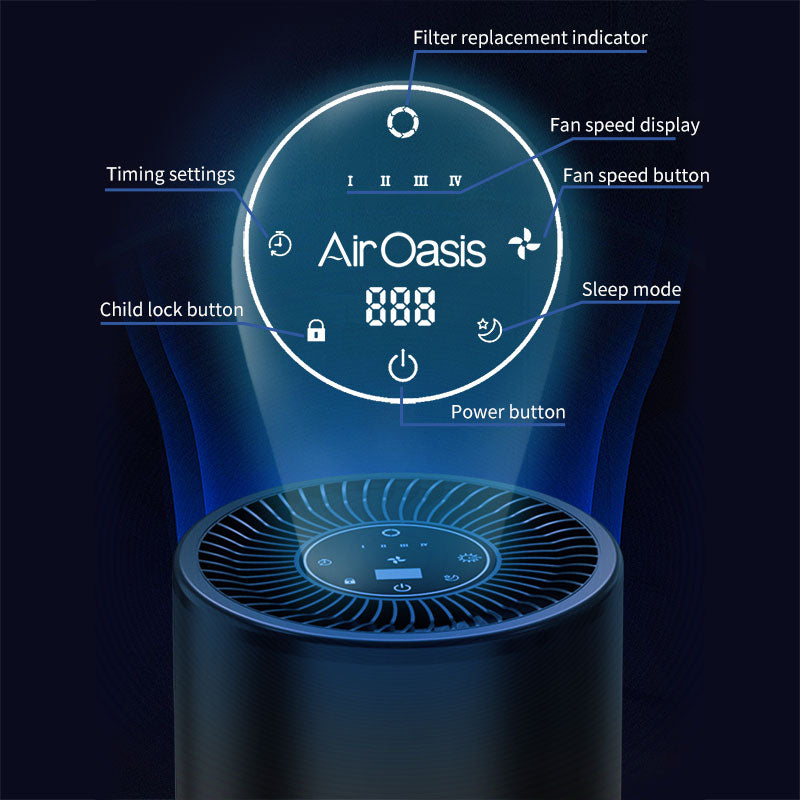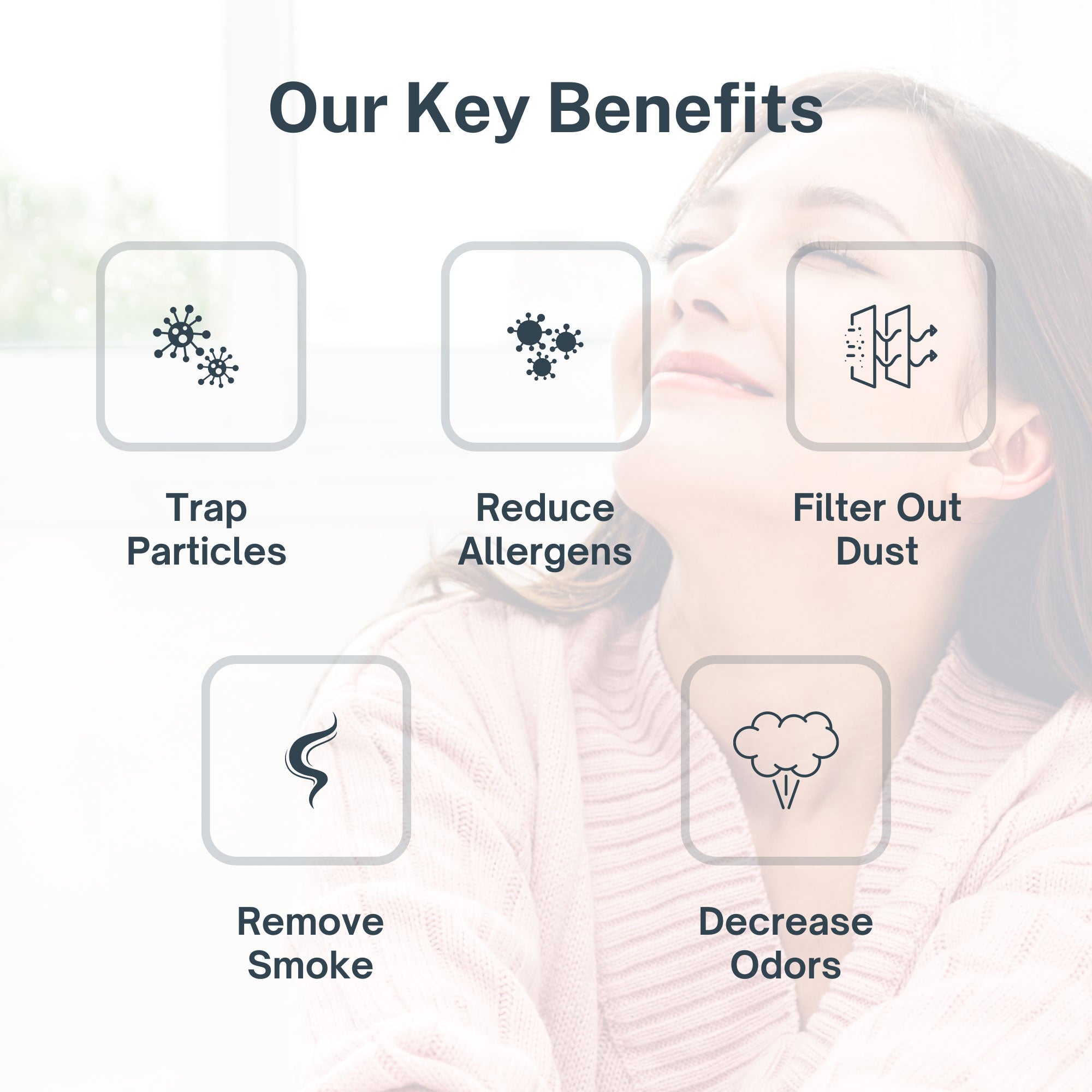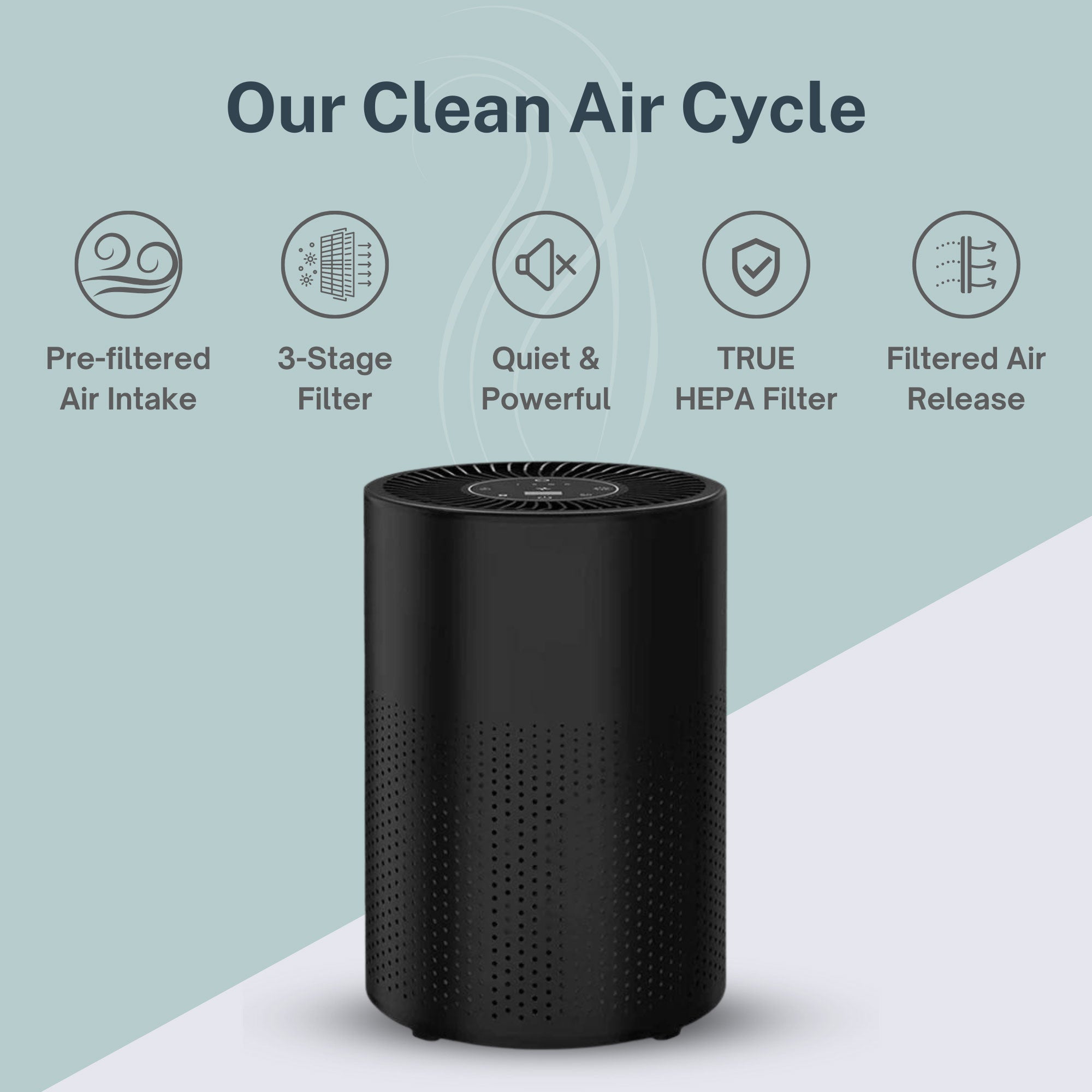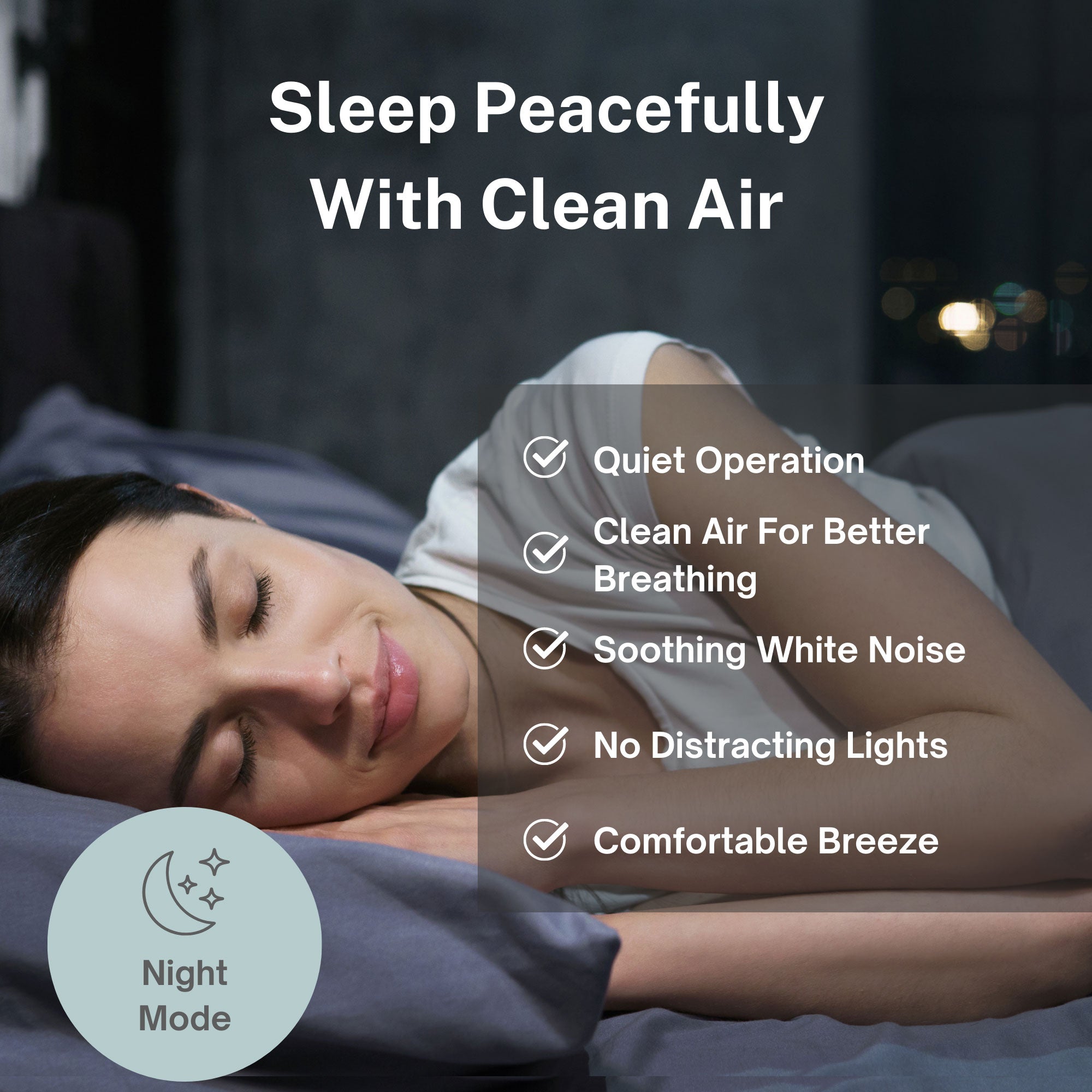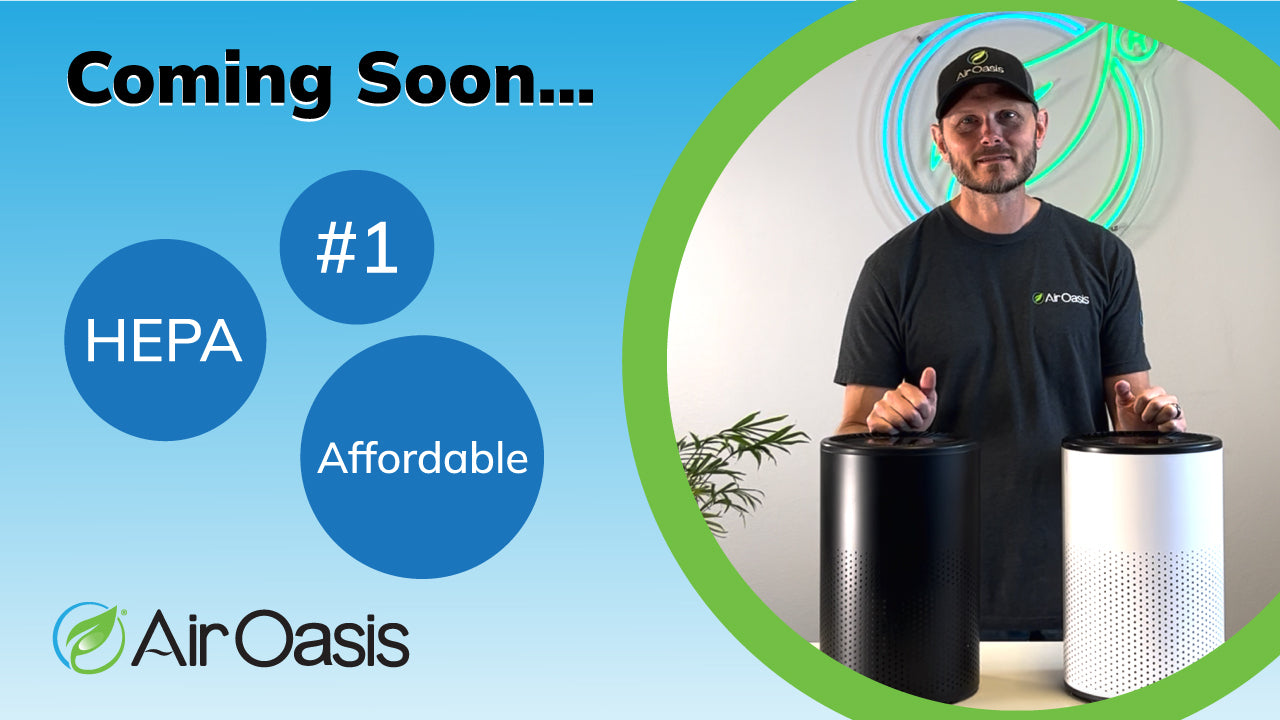When Gwyneth Paltrow found herself pulling over to the side of the road, unable to drive safely due to overwhelming brain fog and fatigue, she had no idea that the answer to her health crisis lay hidden beneath her bathtub. The actress and wellness entrepreneur's harrowing experience with mold toxicity—spanning years of misdiagnosis, dismissive doctors, and a complex remediation process—illuminates a critical health threat that millions of Americans face daily without ever making the connection.
Paltrow's story begins with COVID-19 and long COVID symptoms that never fully resolved, but her journey through chronic inflammation, debilitating fatigue, and cognitive impairment reveals something far more insidious: the hidden mold contamination that was slowly poisoning her family's home environment. Her experience demonstrates how indoor air quality issues can masquerade as other health conditions, leaving even health-conscious individuals struggling for answers while their homes continue undermining their wellness efforts.
From Long COVID to Mold Toxicity: Connecting the Dots
Paltrow's health decline began with COVID-19 infection in the early days of the pandemic, followed by persistent long COVID symptoms that refused to resolve despite her best efforts at recovery. Working with functional medicine practitioner Dr. Will Cole, she implemented comprehensive dietary interventions including GAPS diet and paleo protocols designed to reduce inflammation, yet her inflammatory markers remained stubbornly elevated.
This pattern—persistent inflammation that doesn't respond to proven anti-inflammatory interventions—represents a red flag that health optimization enthusiasts should recognize. When carefully implemented nutrition and lifestyle protocols fail to produce expected results, environmental factors often provide the missing piece of the puzzle.
The breakthrough came when Dr. Cole suggested mold toxicity testing after months of treatment failed to normalize Paltrow's inflammatory markers. "There's no reason that these numbers should still be so high," Cole observed, leading to the discovery that would explain years of unexplained symptoms.
According to EPA research on mold health effects, mold exposure can cause respiratory symptoms, allergic reactions, and asthma attacks, but emerging research suggests the health implications extend far beyond these recognized impacts. For individuals with genetic susceptibility—approximately 24% of the population—mold exposure can trigger chronic inflammatory responses that affect every system in the body.
The Hidden Nature of Home Mold Contamination
Perhaps the most shocking aspect of Paltrow's experience was discovering the extent of mold contamination in homes that appeared perfectly normal. "I had no idea that mold existed in homes to that degree," she reflects, describing her horror at receiving test results showing dangerous levels of toxic mold throughout her living environment.
The discovery process revealed a critical gap in conventional mold assessment. Initial inspections by certified professionals found no visible mold and declared the house safe based on standard air sampling procedures. However, when advanced testing revealed the truth, remediation specialists found "a carpet of black mold" hidden beneath her bathtub—contamination that was completely invisible until destructive testing exposed it.
This experience highlights a fundamental problem with conventional mold assessment: most inspections only detect visible mold or surface-level contamination, missing the hidden sources that often represent the greatest health threats. Mold growing behind walls, under flooring, or in HVAC systems can continuously release spores and mycotoxins into the breathing environment without any visible signs.
The Air Oasis commitment to comprehensive air purification addresses this hidden contamination problem by continuously removing mold spores, mycotoxins, and other airborne contaminants regardless of their source. While remediation addresses visible mold problems, advanced air purification provides ongoing protection against the microscopic threats that often go undetected.
The Medical Dismissal Problem
Paltrow's experience with conventional medicine reflects a troubling pattern that affects countless individuals suffering from environmental health issues. Despite clear symptoms and declining health, multiple doctors dismissed her concerns with explanations like "you're in your mid-40s now, this is just what happens" and suggestions that she should "get used to" having much lower energy.
One physician wanted to prescribe antidepressants, while another suggested she simply accept fatigue and cognitive decline as normal parts of aging. This medical dismissal represents a significant barrier to identifying and treating environmental health issues, particularly for women whose symptoms are often attributed to hormonal changes or psychological factors.
"There seems to be, especially in my feeling like in talking to my friends especially around women, a little bit of a dismissal around symptoms," Paltrow observes. This dismissal can delay proper diagnosis for years, allowing environmental exposures to continue causing cumulative health damage while patients suffer unnecessarily.
The transformation in Paltrow's health after addressing mold contamination proves that these symptoms weren't inevitable consequences of aging. "When I started to clean out my body, my energy came back and I felt like I was 28 years old again," she reports, demonstrating that environmental health issues can be successfully addressed when properly identified and treated.
The Scope of Mold-Related Health Impacts
Paltrow's symptoms during peak mold exposure paint a picture of systemic health impacts that extend far beyond respiratory issues. Her experience included severe brain fog, overwhelming fatigue, shortness of breath, chronic inflammation, hormonal disruption, and weight gain that resisted conventional treatment approaches.
The most frightening moment came when she nearly had to pull over while driving due to confusion and fatigue so severe she described it as "I need to lay down and die like I don't have the energy to keep going." This level of cognitive impairment and physical debilitation illustrates how mold toxicity can affect neurological function and create genuinely dangerous situations.
Research suggests that mold mycotoxins can cross the blood-brain barrier, potentially explaining the severe cognitive symptoms that many mold-sensitive individuals experience. The inflammatory cascade triggered by chronic mold exposure affects multiple body systems simultaneously, creating complex symptom patterns that often confuse conventional medical diagnosis.
For health optimization enthusiasts, Paltrow's experience demonstrates how environmental factors can completely undermine wellness efforts. Despite implementing advanced nutrition protocols, stress management techniques, and other optimization strategies, her health continued declining until the environmental source was addressed.
The Remediation Reality: Complexity and Cost
Paltrow's remediation process reveals the complex reality of addressing serious mold contamination in residential environments. Nearly two years into the process, she describes ongoing remediation work that involves reconstructing significant portions of her homes to eliminate contamination sources and prevent recurrence.
The financial and logistical challenges are substantial. "It is so unfortunately expensive to rectify the problem," Paltrow acknowledges, but emphasizes that "it's where you live and you know it's your health so you you kind of" have to address it regardless of cost. This reality highlights the importance of prevention and early detection rather than waiting until contamination becomes severe.
The complexity stems from how mold spreads throughout building systems. Even after removing visible mold sources, contamination often remains in HVAC systems, behind walls, and in building materials throughout the structure. Conventional remediation may address obvious problems while leaving microscopic contamination that continues causing health issues.
Paltrow's experience with failed remediation—spending money on professional services that didn't actually solve the problem—illustrates why choosing qualified specialists matters so much. "These aren't nefarious people who are I think they think they're doing a good job they're doing what they've learned," she observes, but notes that conventional training often lacks the microbiology knowledge needed to address complex contamination effectively.
Genetic Susceptibility and Individual Variation
An important aspect of Paltrow's story involves genetic factors that affect mold sensitivity. She explains that she's "missing one of those genes that methylate well," making her more susceptible to biotoxin illness and slower to recover from mold exposure. Her children share this genetic vulnerability, while her husband does not, resulting in different health impacts from the same environmental exposure.
This genetic component explains why some family members may experience severe symptoms while others seem unaffected by the same mold exposure. Approximately 24% of the population has genetic variations that impair their ability to eliminate mycotoxins, making them particularly vulnerable to chronic health effects from mold exposure.
Understanding genetic susceptibility helps explain why some individuals develop severe symptoms from mold exposures that don't obviously affect others. It also emphasizes the importance of taking symptoms seriously even when other household members seem unaffected by the same environment.
The iAdaptAir system from Air Oasis provides protection for all family members regardless of their genetic susceptibility, removing mold spores and mycotoxins before they can trigger health problems in sensitive individuals.
Prevention and Ongoing Protection Strategies
Paltrow's current approach to mold prevention reflects hard-won wisdom about protecting health through environmental awareness. She now maintains multiple air purifiers throughout her home, including one beside her bed, and follows strict protocols to keep her living environment dry and well-ventilated.
Her HVAC systems have been converted to function as whole-house air purifiers, providing continuous filtration throughout her living spaces. This comprehensive approach recognizes that mold prevention requires ongoing vigilance rather than one-time remediation efforts.
The prevention mindset extends to travel and temporary accommodations. Paltrow admits to considering mold testing even for Airbnb rentals, acknowledging that "you never know it's a crapshoot it could be a great place could be a moldy place." While this level of caution might seem excessive, it reflects realistic awareness of how common mold problems are in residential environments.
Building industry practices also factor into prevention strategies. Paltrow learned that lumber for new construction often sits on the ground for weeks, absorbing mold and bacteria from soil before being used to build homes. Simple practices like elevating lumber during storage could prevent many contamination issues, but these precautions aren't consistently followed.
The Broader Implications for Health Optimization
Paltrow's mold toxicity experience illustrates fundamental principles that apply to all health optimization efforts. Environmental factors can completely override the benefits of excellent nutrition, exercise, stress management, and other wellness interventions. "Take 20,000 breaths per day that's roughly 7.3 million breaths per year," as one expert notes, emphasizing that air quality affects every aspect of health through continuous exposure.
The size of airborne contaminants matters significantly for health impacts. Particles smaller than 10 microns—including mold spores, bacteria, toxins, allergens, and viruses—bypass the body's natural defense mechanisms and enter the bloodstream directly. This explains how microscopic mold contamination can cause systemic health effects that seem unrelated to respiratory issues.
The Cleveland Clinic identifies four major contributors to disease: parasites, viruses, bacteria, and fungi (including mold). Three of these four categories relate directly to environmental exposures, highlighting how indoor air quality affects disease risk and overall wellness outcomes.
Taking Control of Your Indoor Air Environment
Gwyneth Paltrow's journey from debilitating mold toxicity to restored health demonstrates that environmental health problems can be successfully addressed when properly identified and treated. Her experience also reveals the critical importance of taking environmental factors seriously when pursuing health optimization goals.
The key lessons from her story include: persistent symptoms that don't respond to proven interventions may indicate environmental causes; hidden mold contamination is far more common than most people realize; conventional medical training often doesn't recognize environmental health connections; genetic susceptibility affects individual mold sensitivity; proper remediation requires specialized expertise; and ongoing prevention strategies are essential for maintaining clean indoor environments.
For health-conscious individuals committed to optimization, Paltrow's experience emphasizes that air quality cannot be treated as an external factor beyond control. The 20,000 breaths you take daily either support or undermine every other aspect of your wellness efforts.
Rather than waiting for symptoms to develop or hoping that hidden contamination doesn't exist, proactive air quality management provides the foundation that allows other optimization strategies to work effectively. This means implementing comprehensive air purification that addresses the full spectrum of airborne threats, not just obvious problems that can be seen or smelled.
Your journey toward optimal health depends on addressing environmental factors that affect daily wellness outcomes. While complex remediation may be necessary for severe contamination, consistent air purification provides immediate protection against the microscopic threats that can gradually undermine your health over time. Shop Air Oasis today and ensure that every breath supports your optimization goals rather than sabotaging them through hidden environmental threats.






